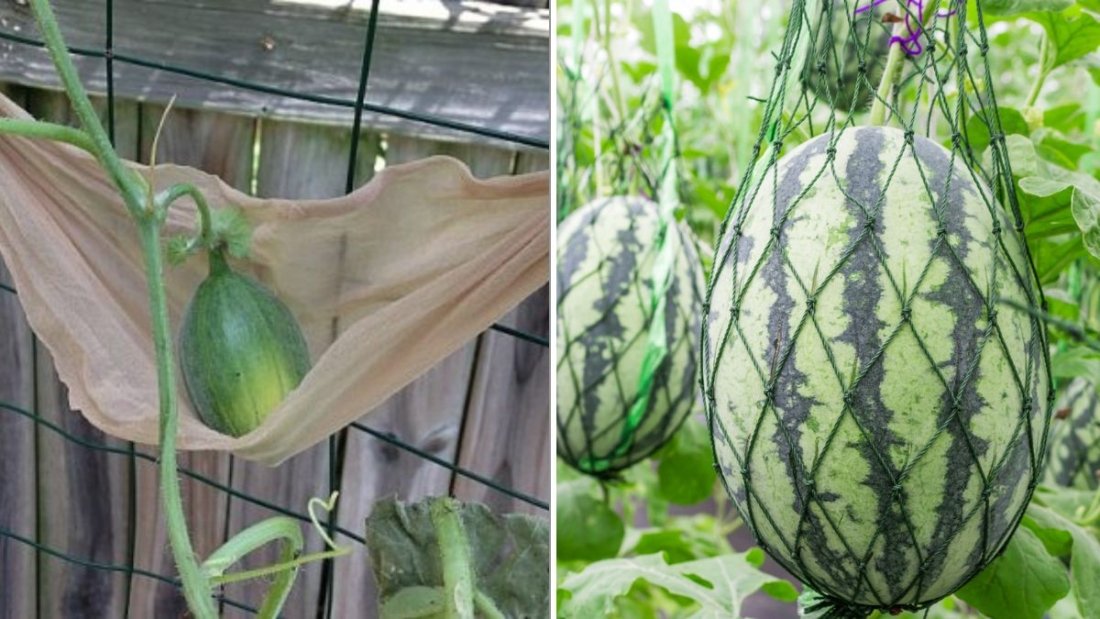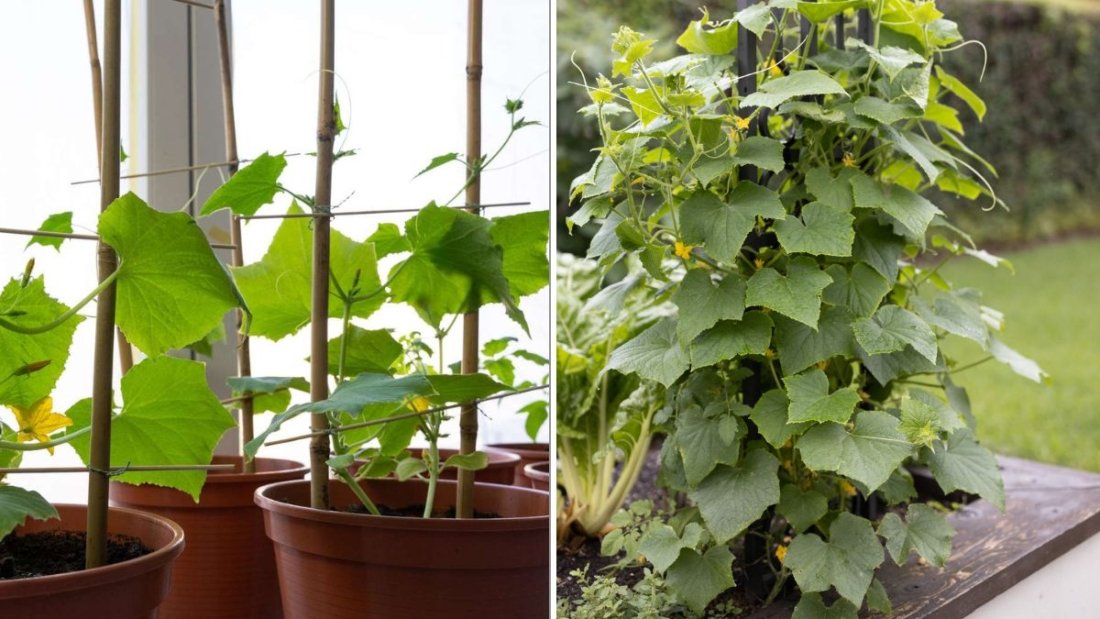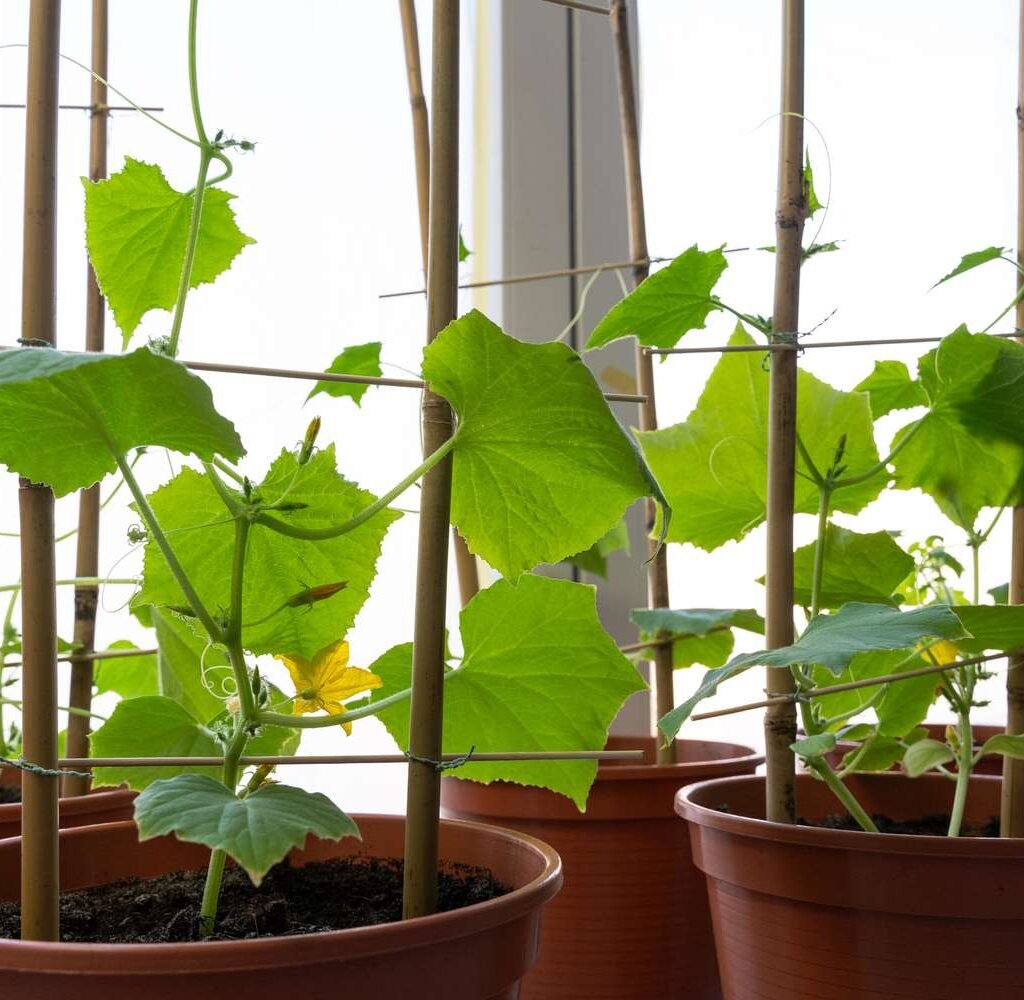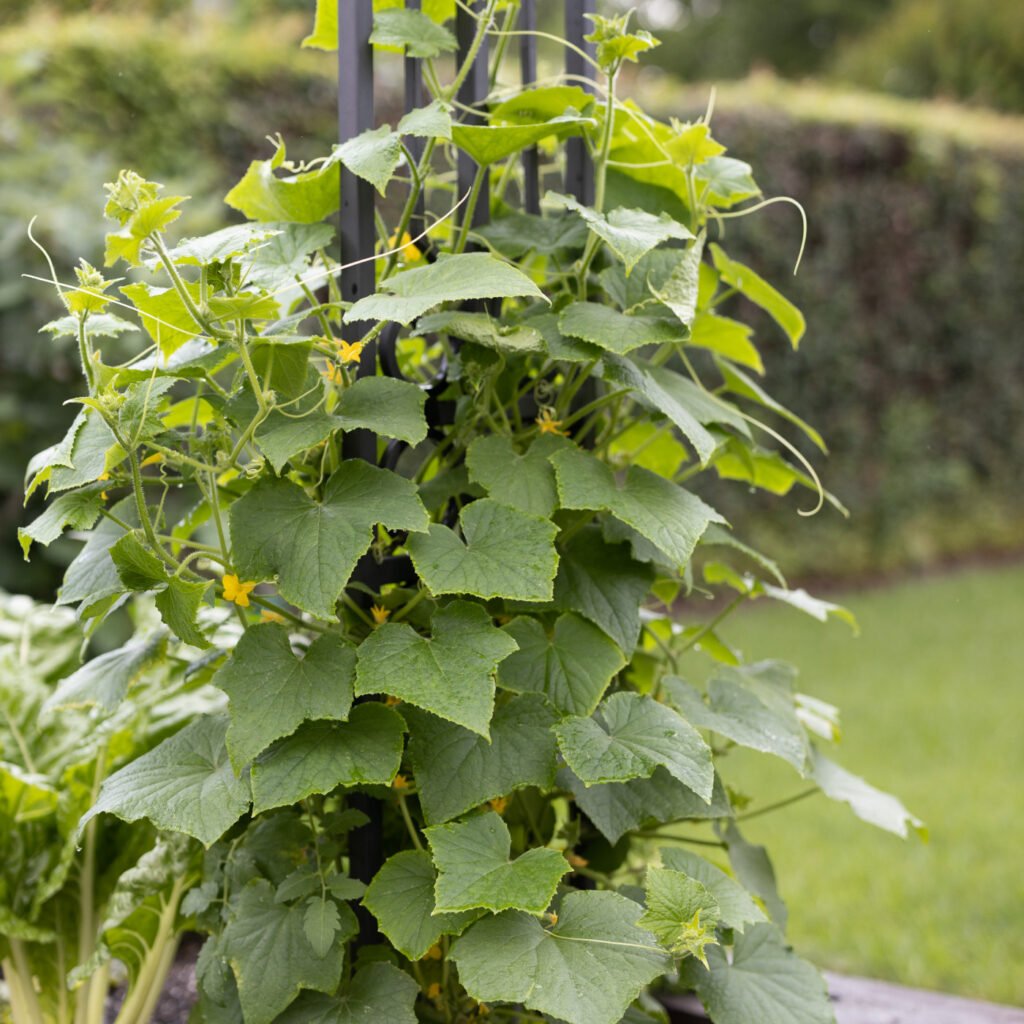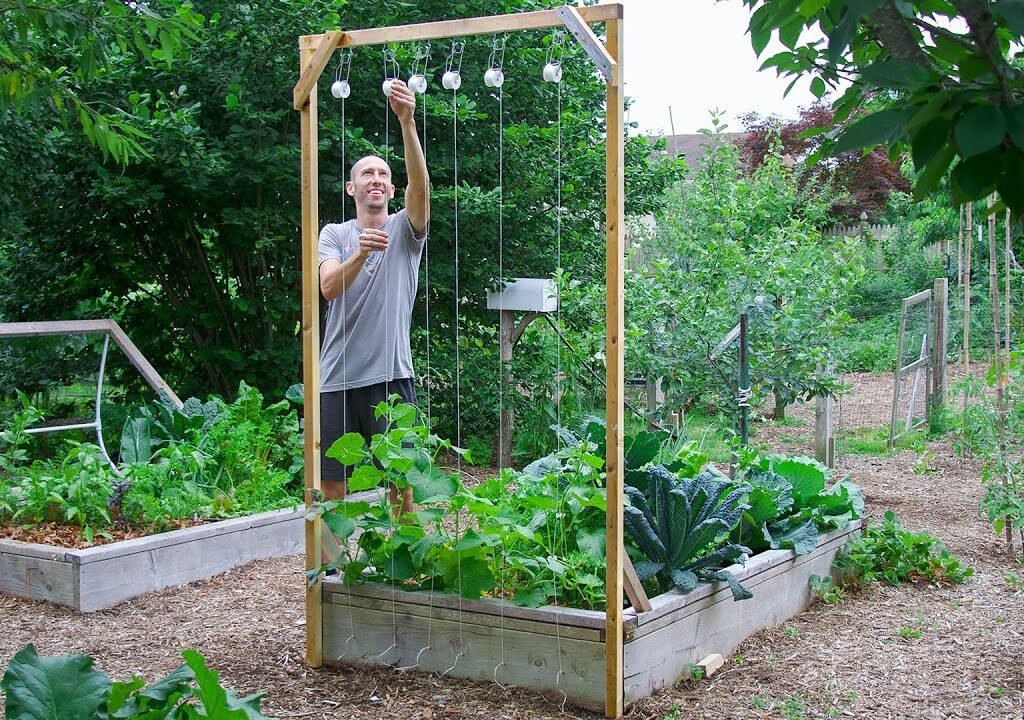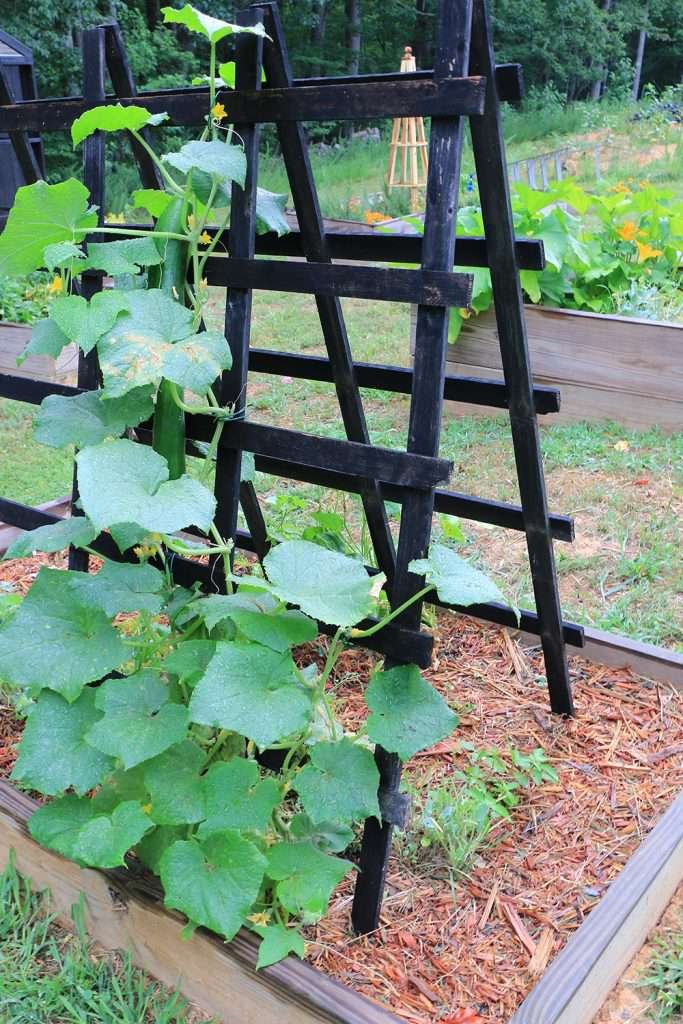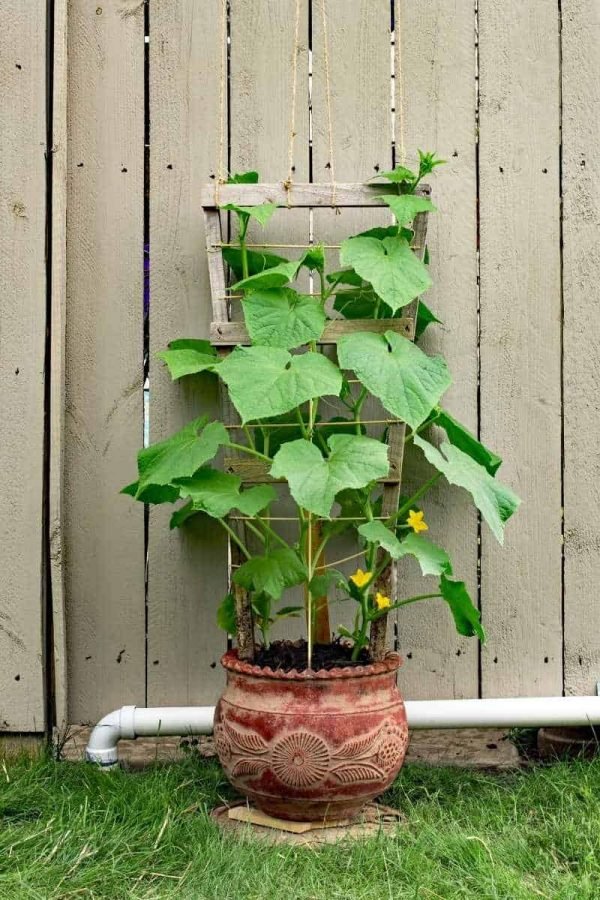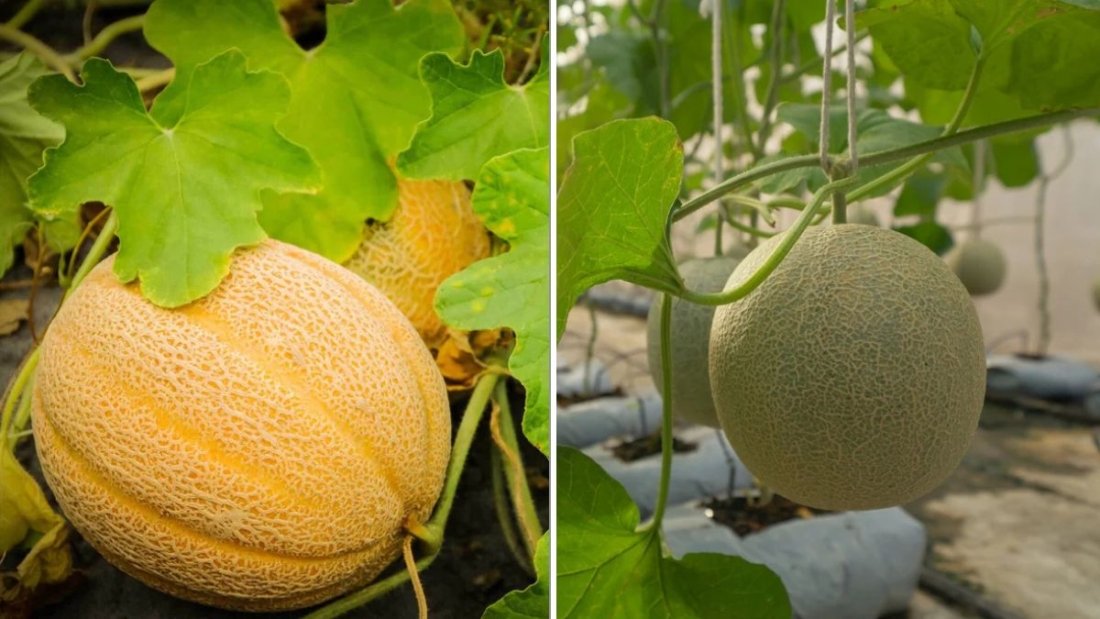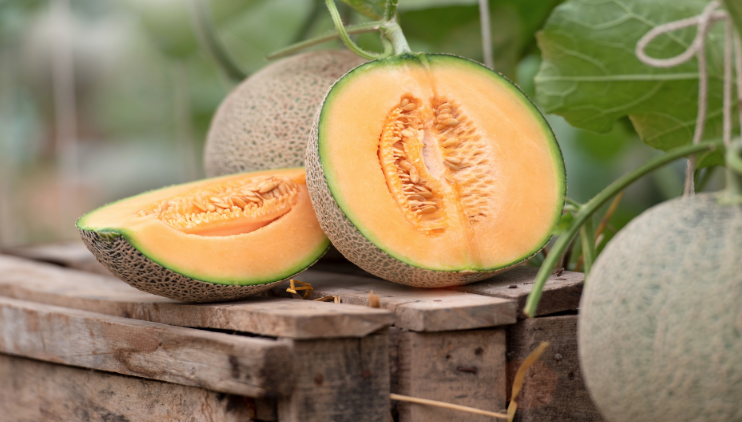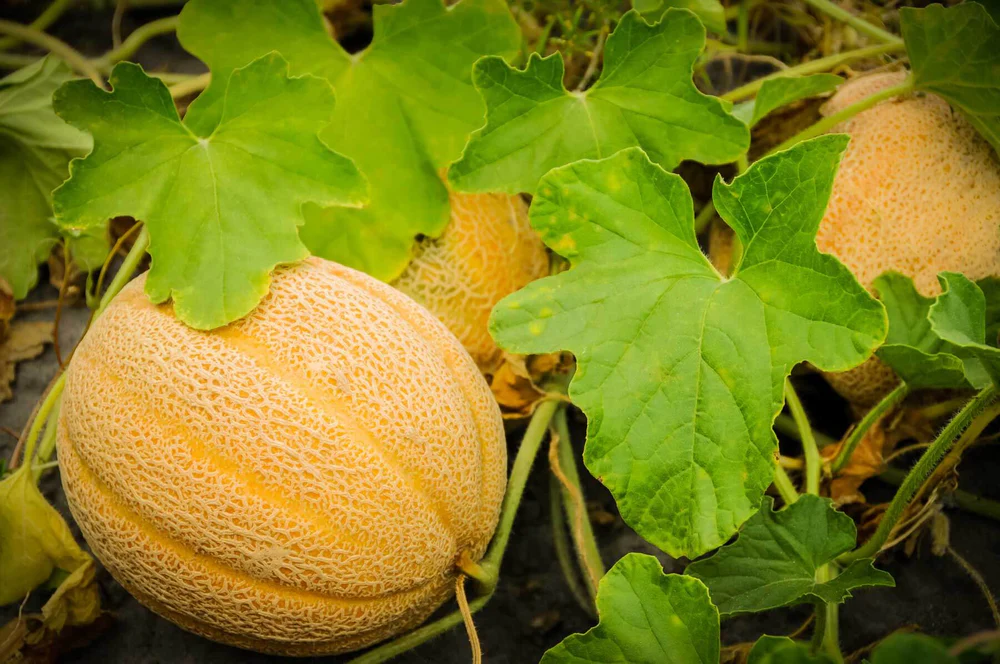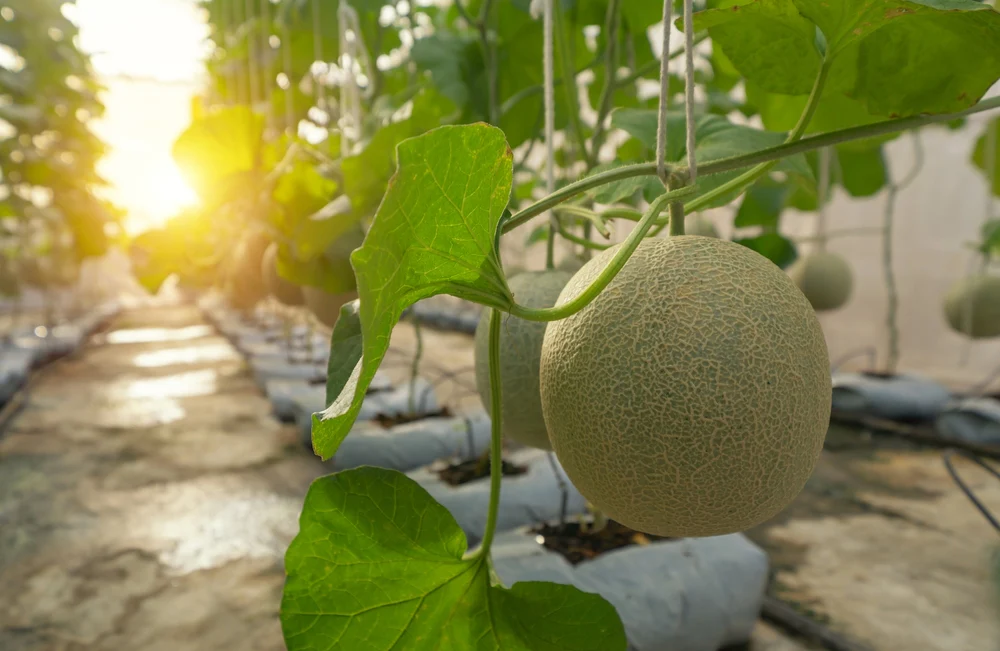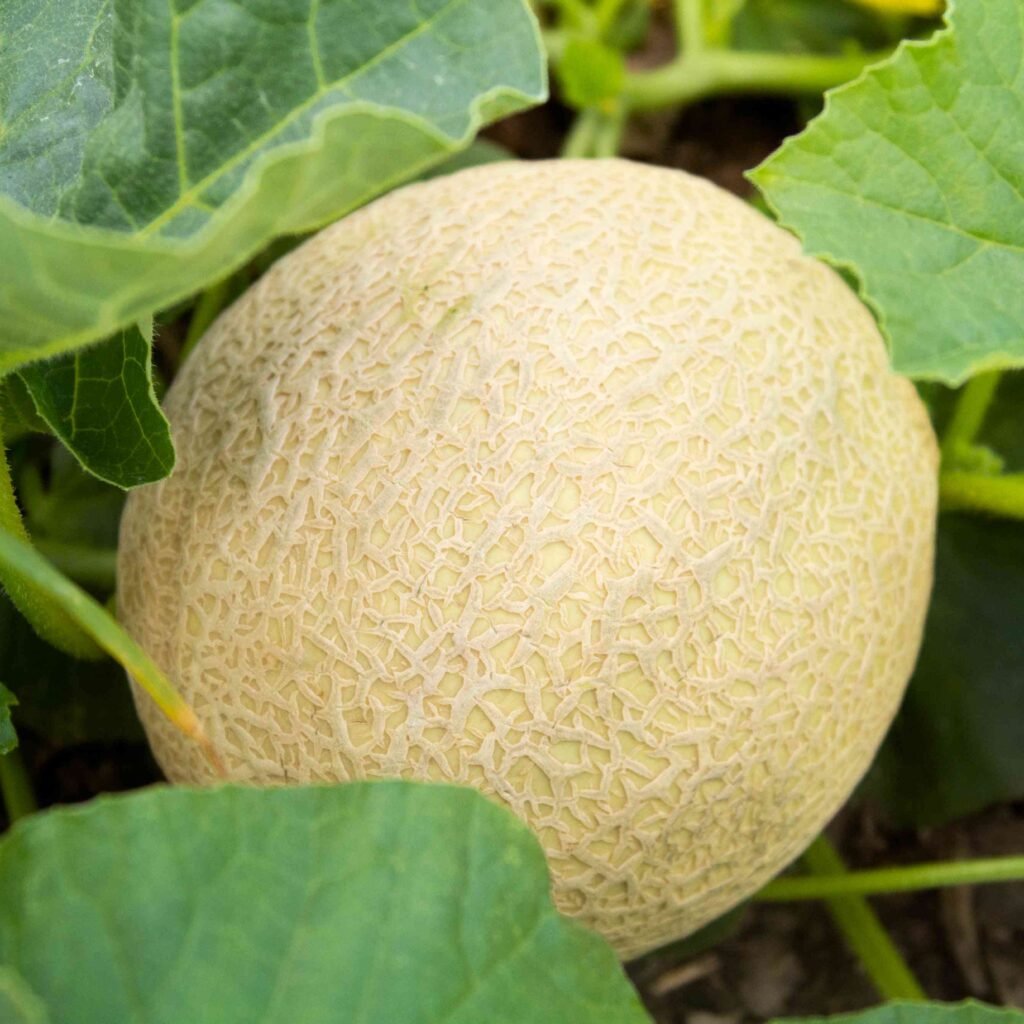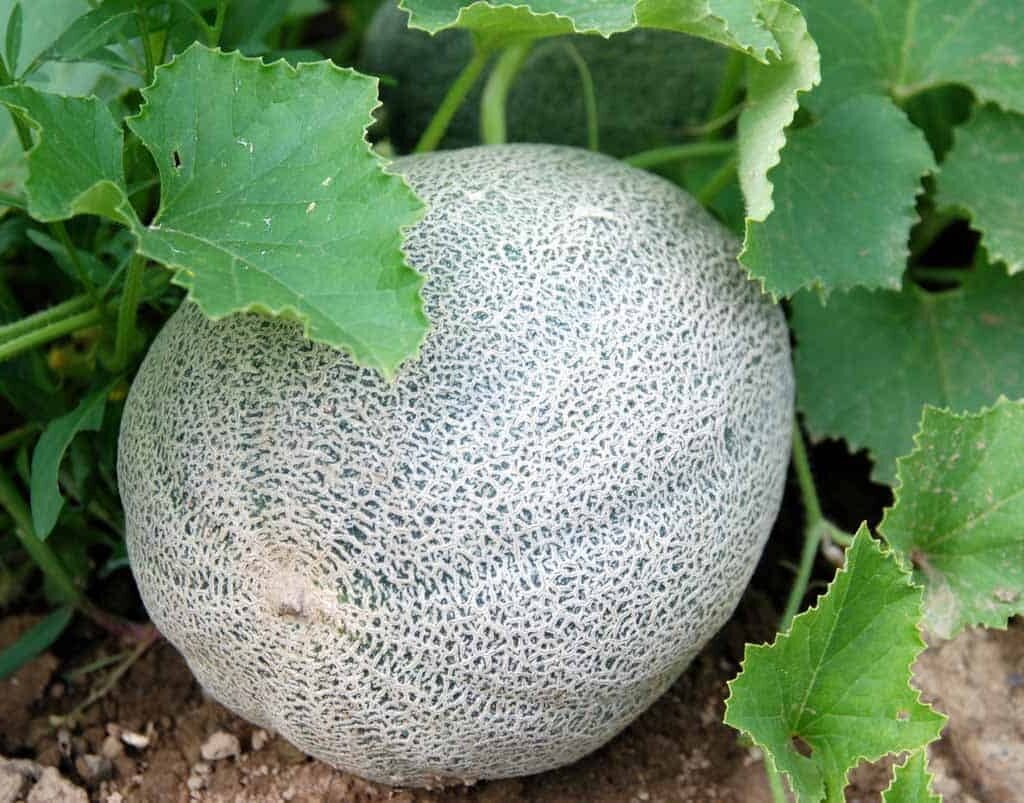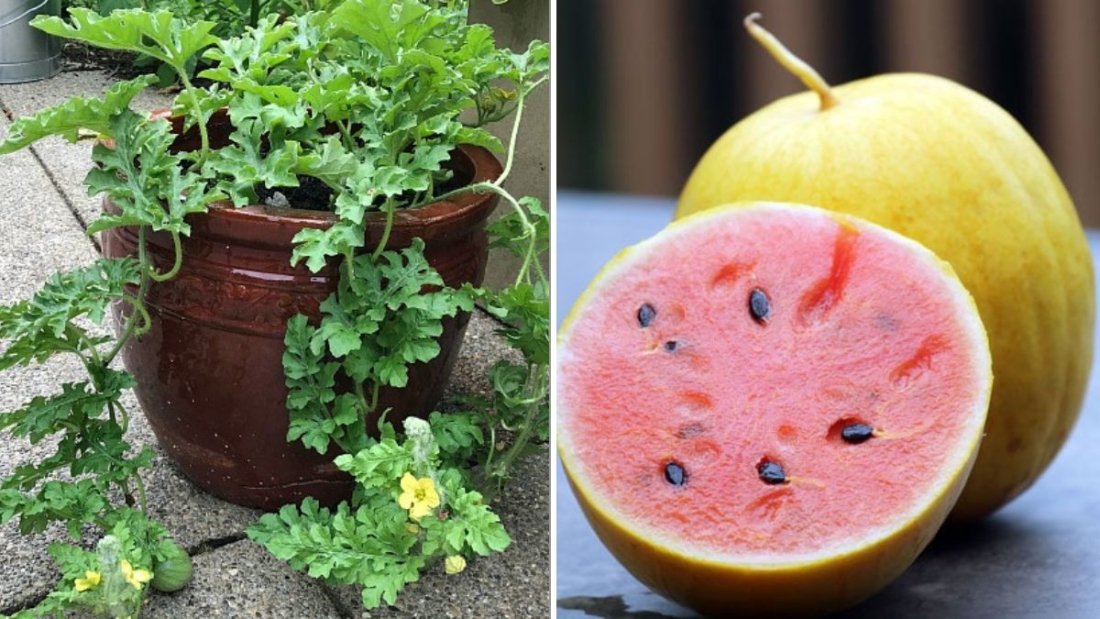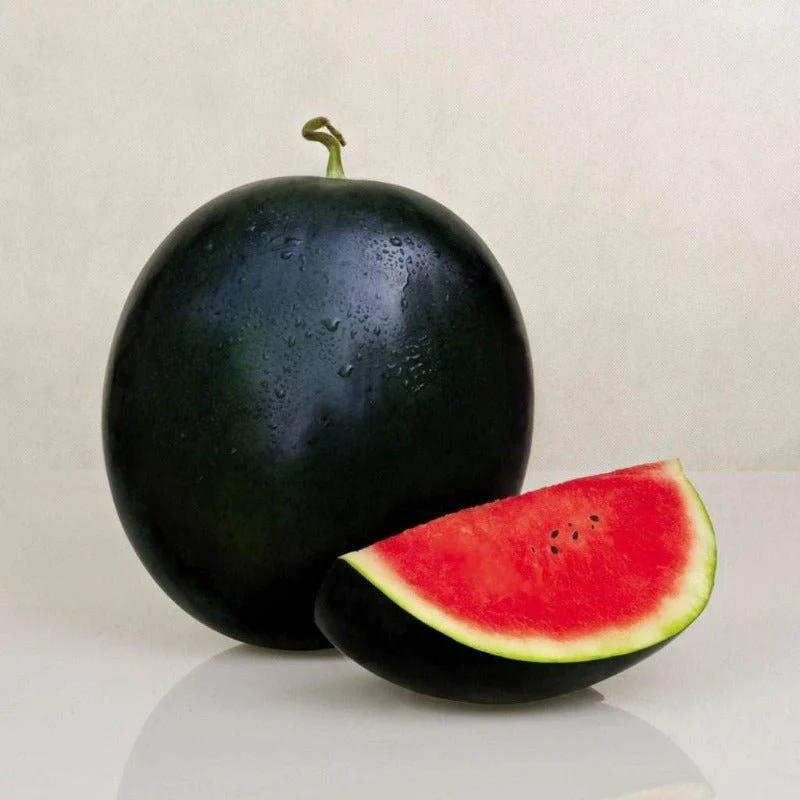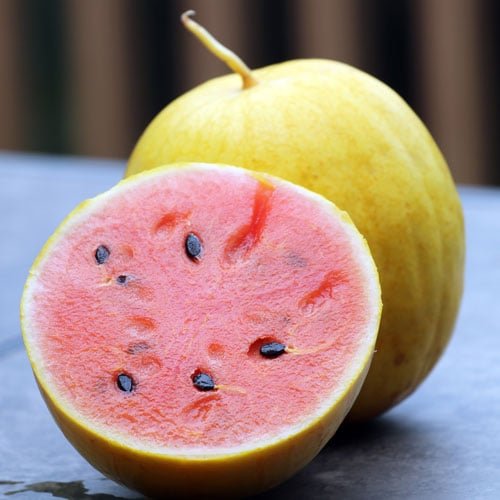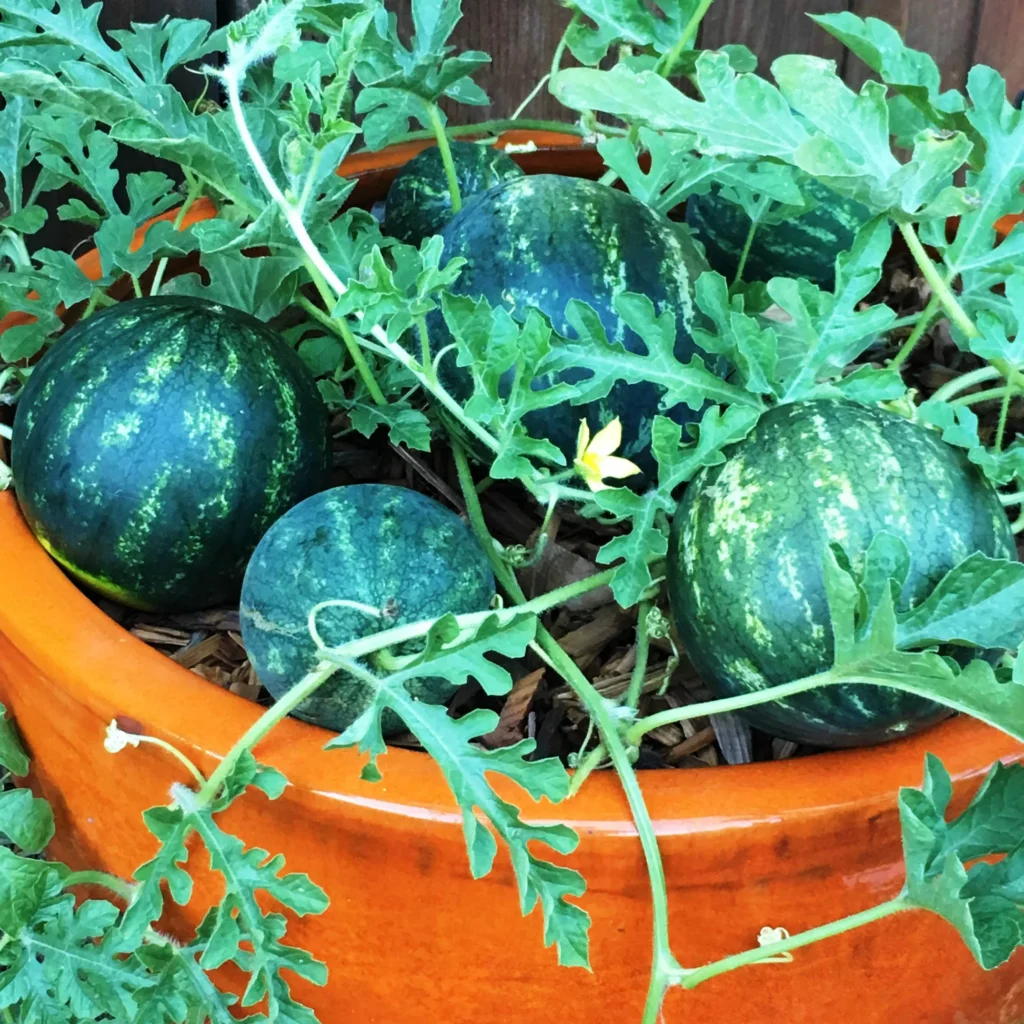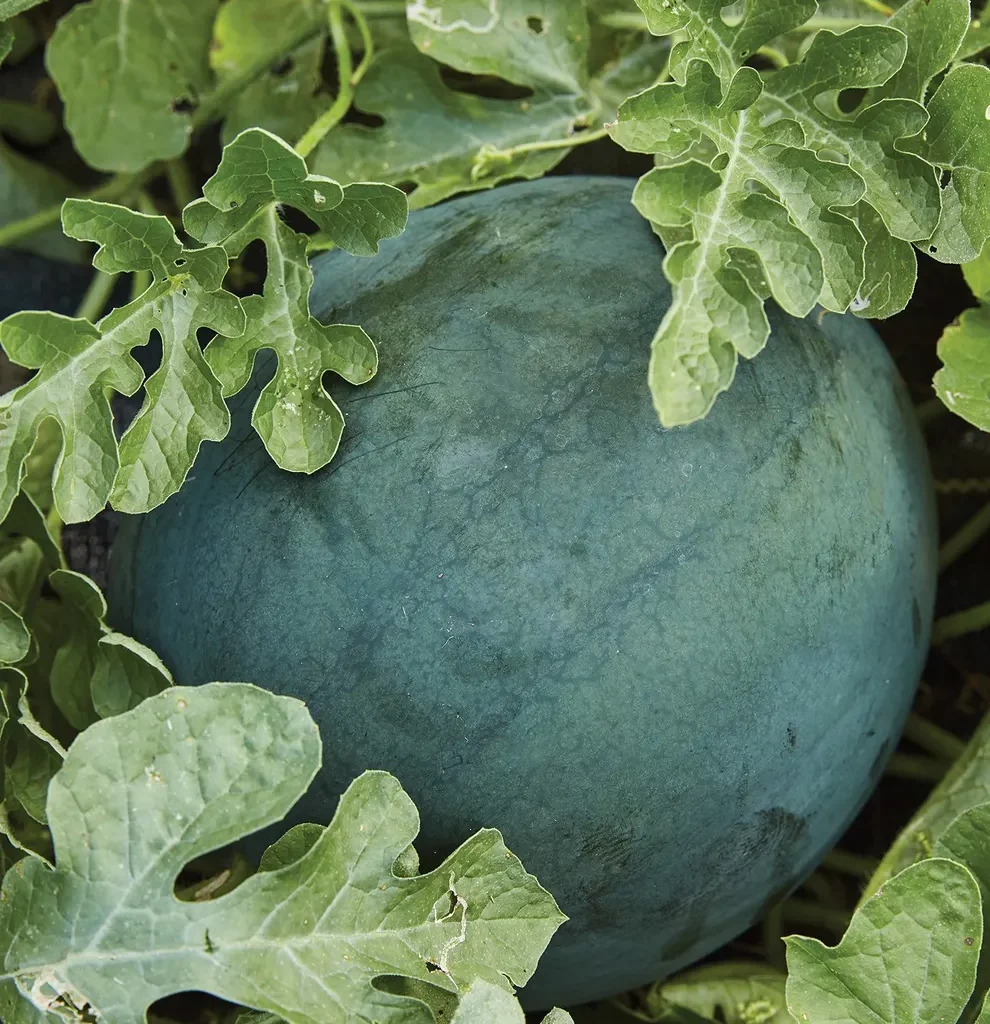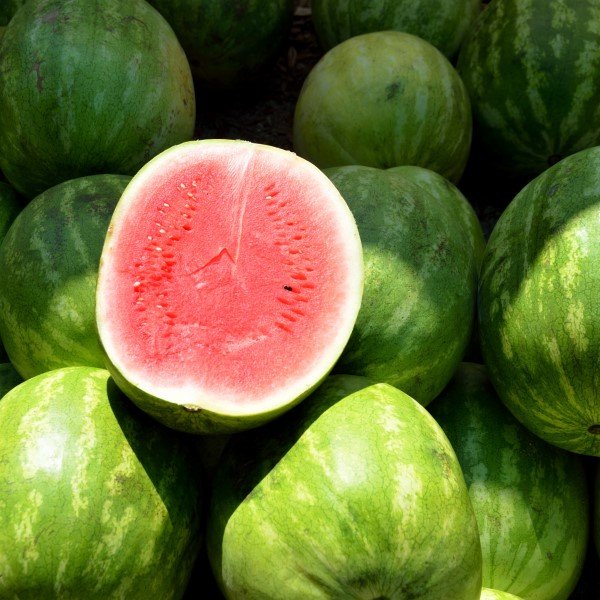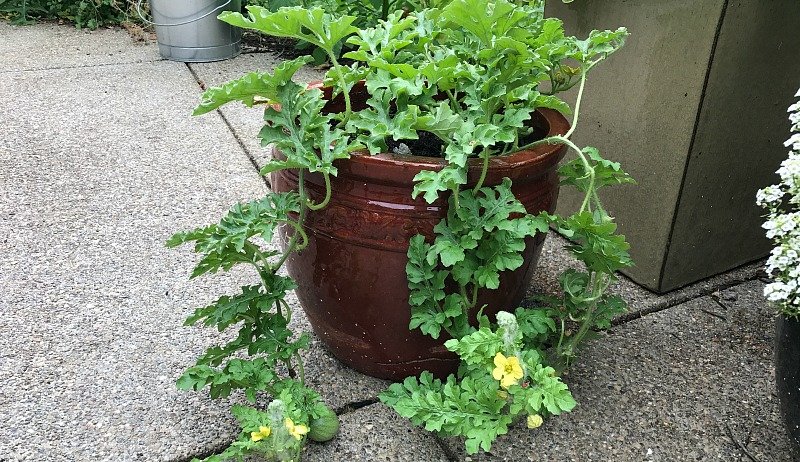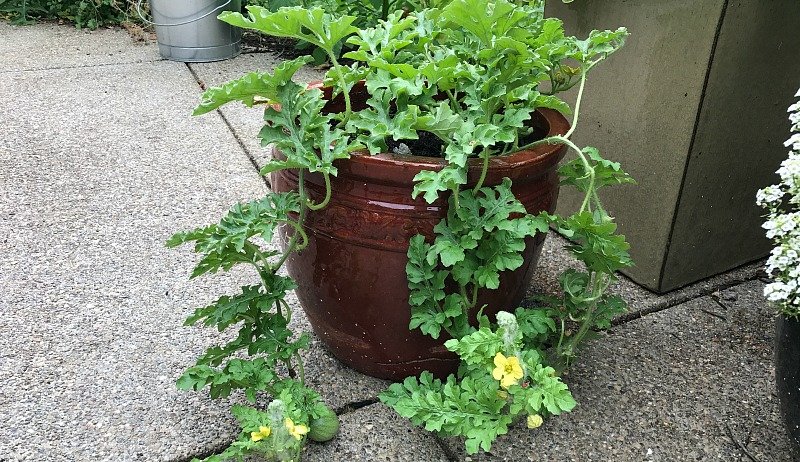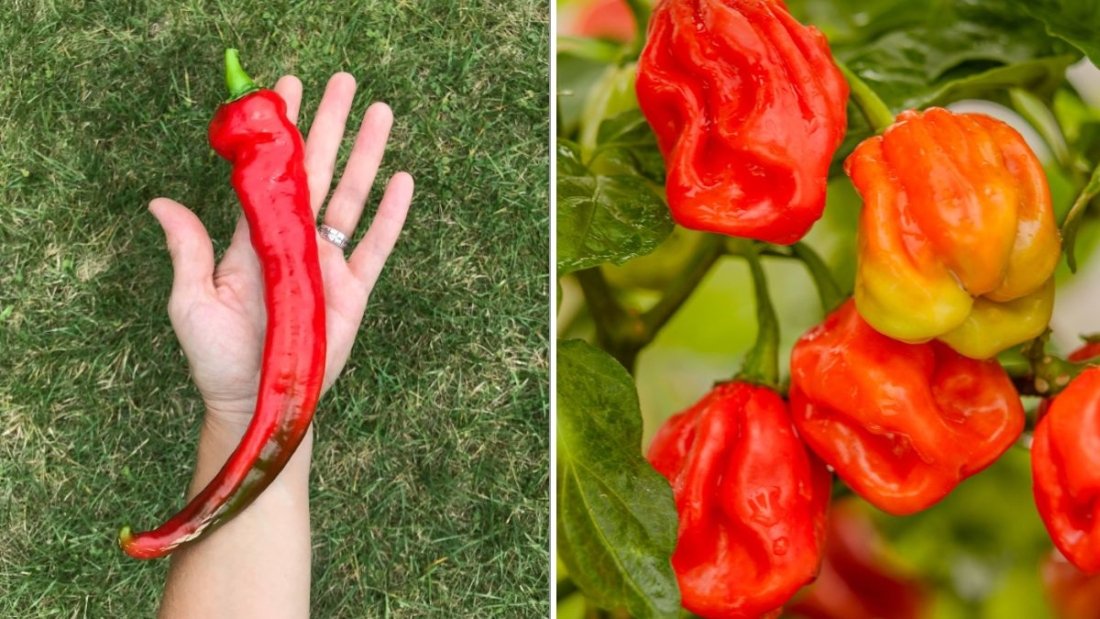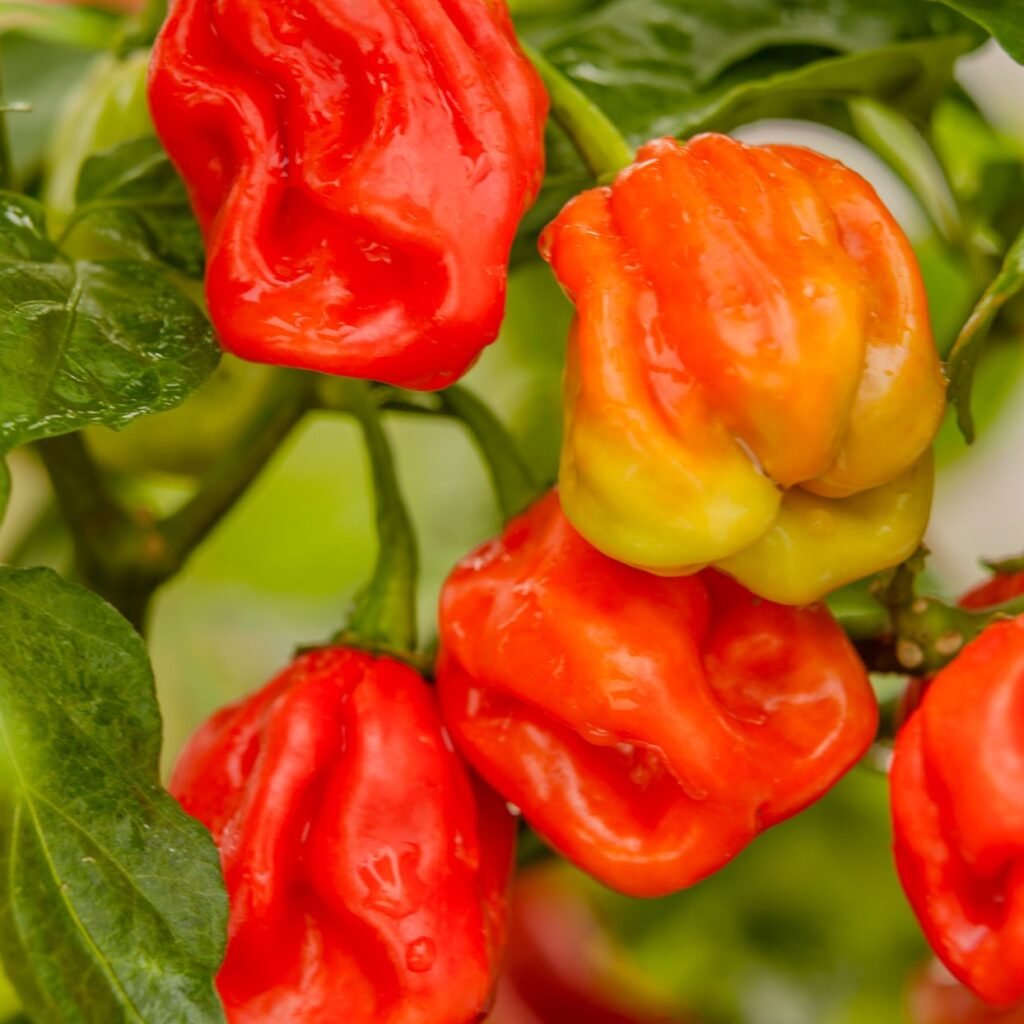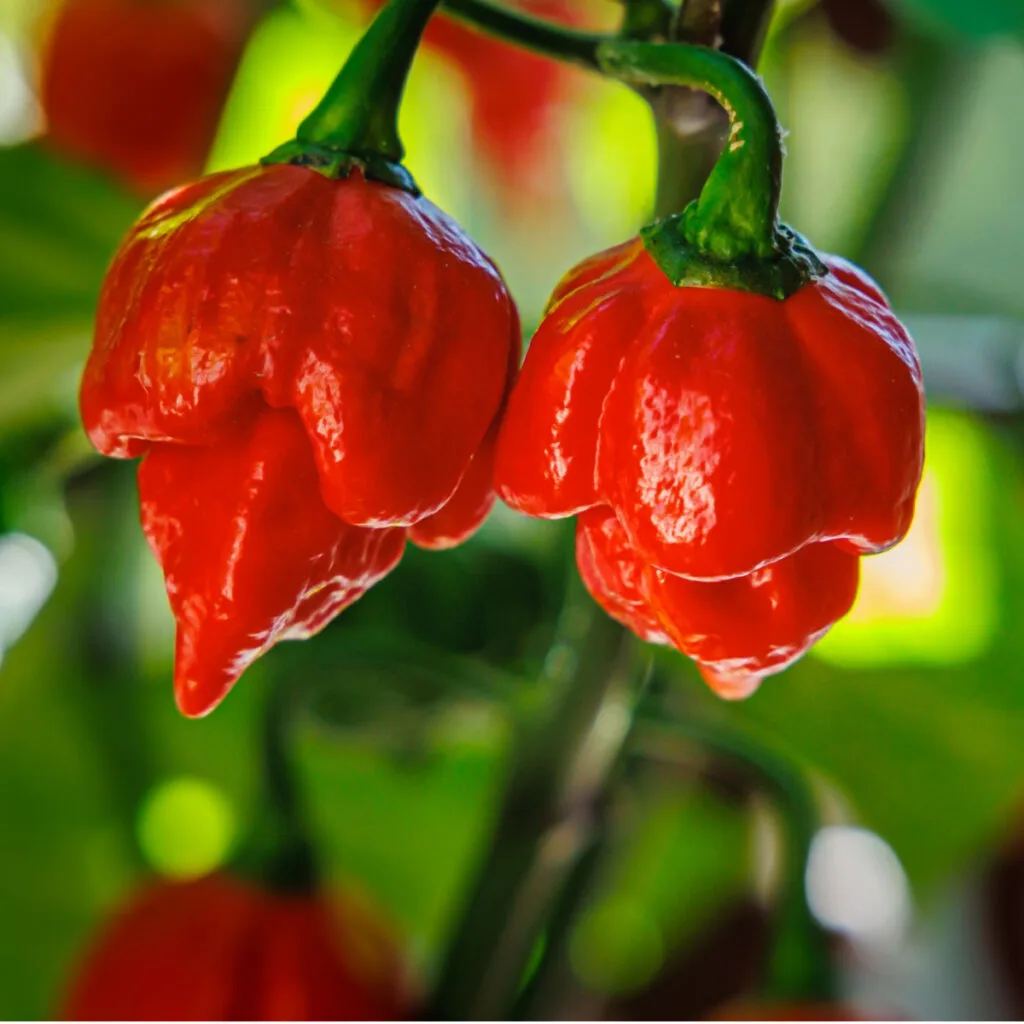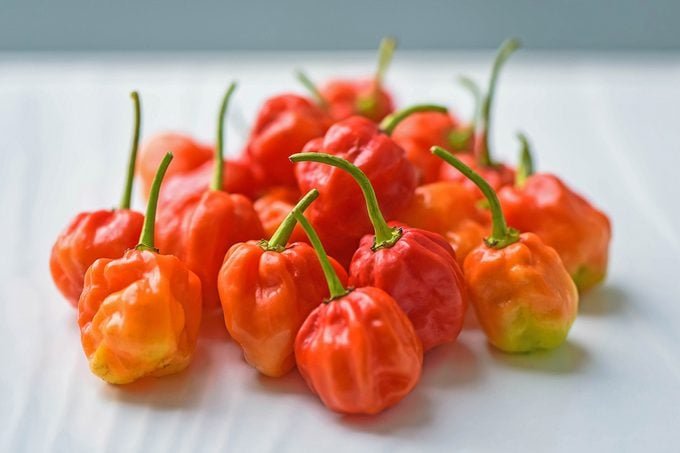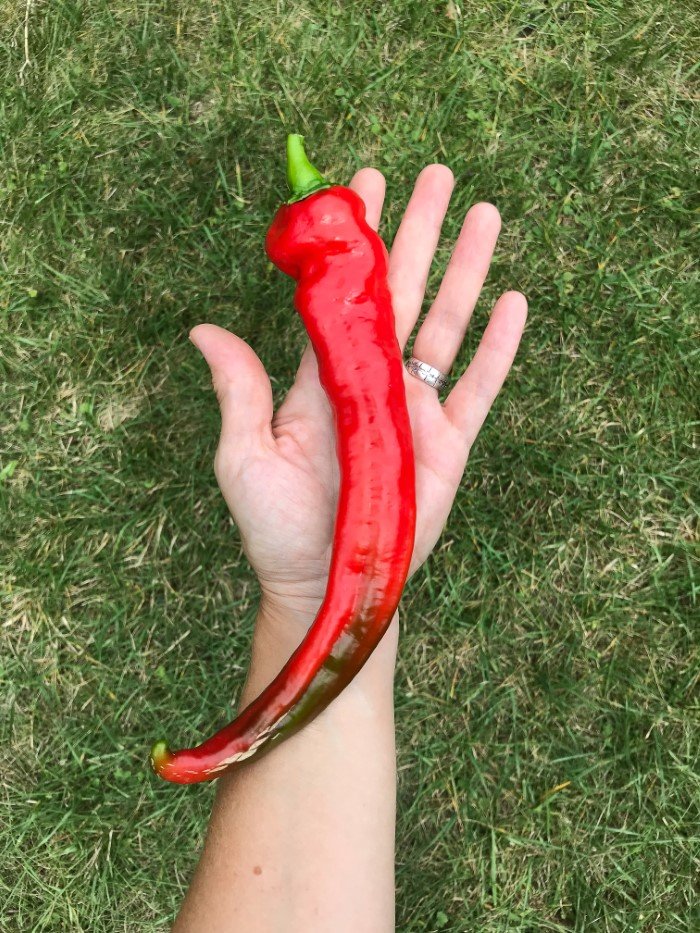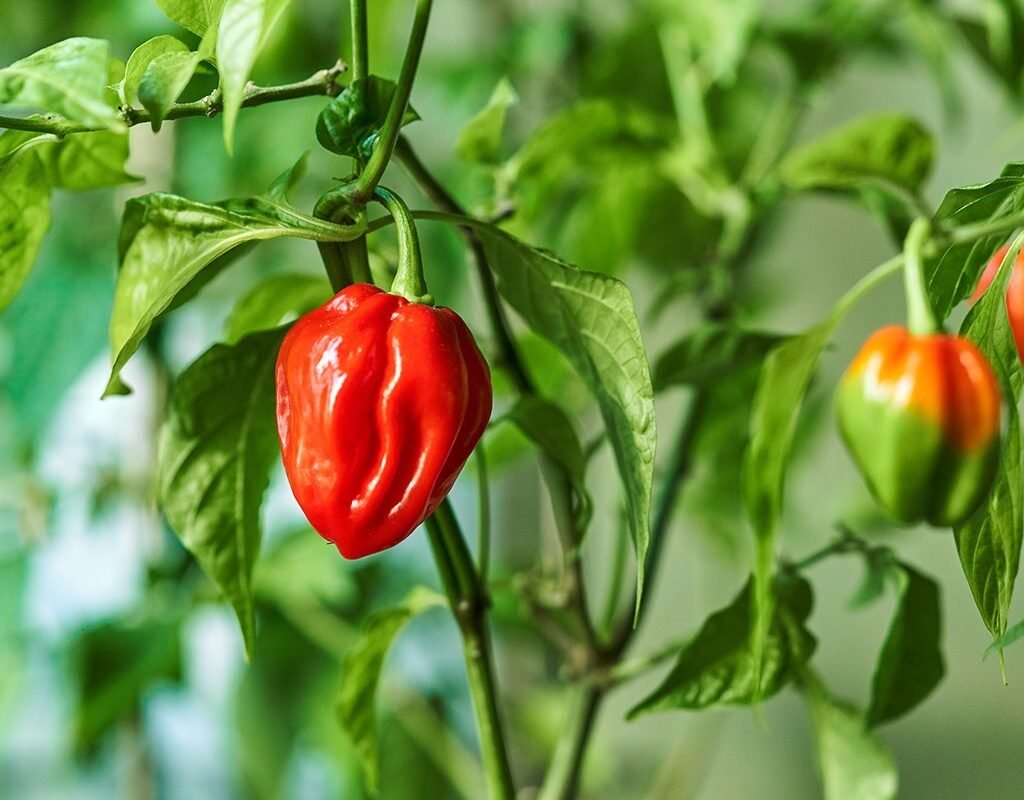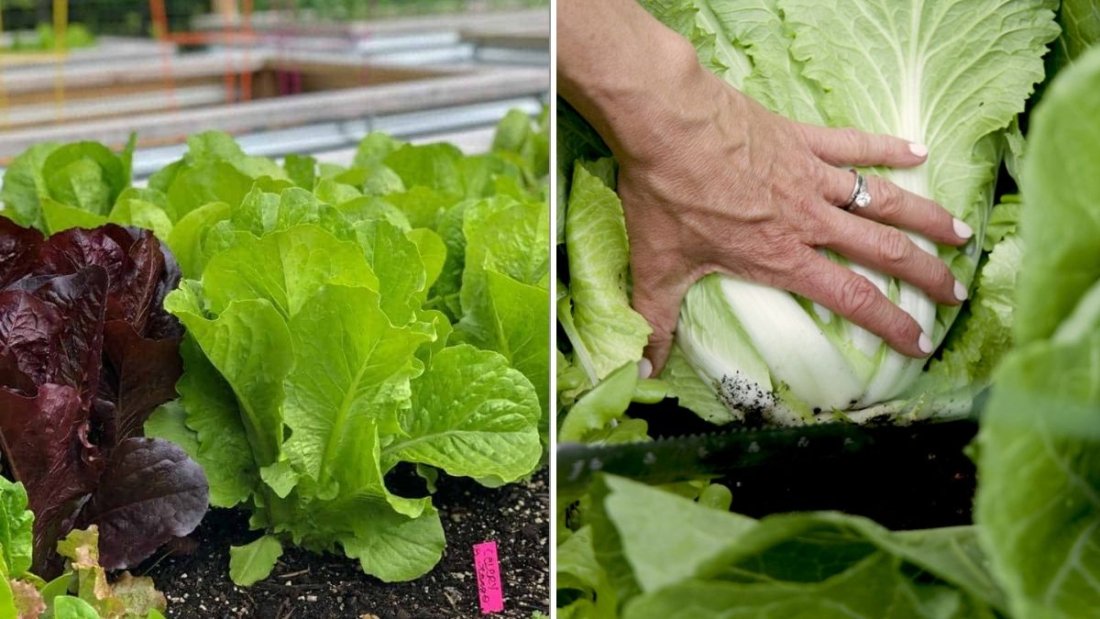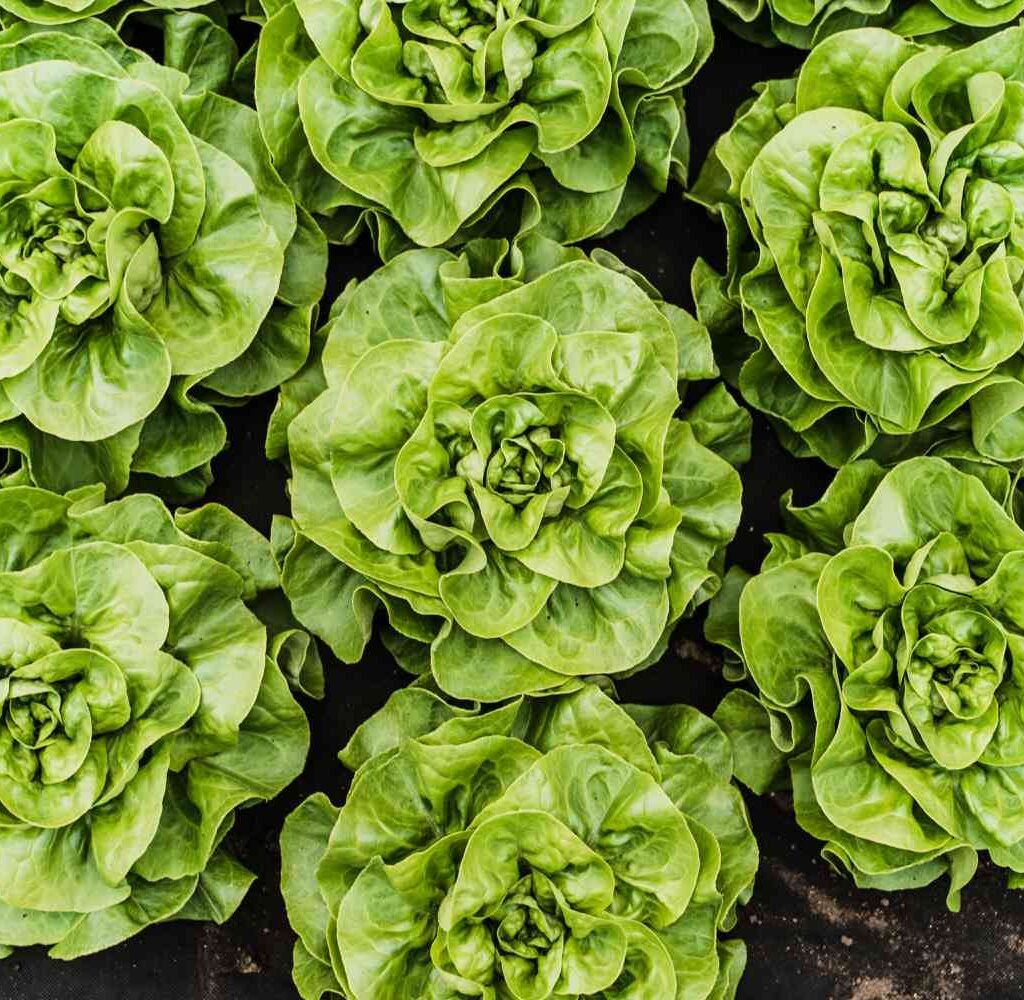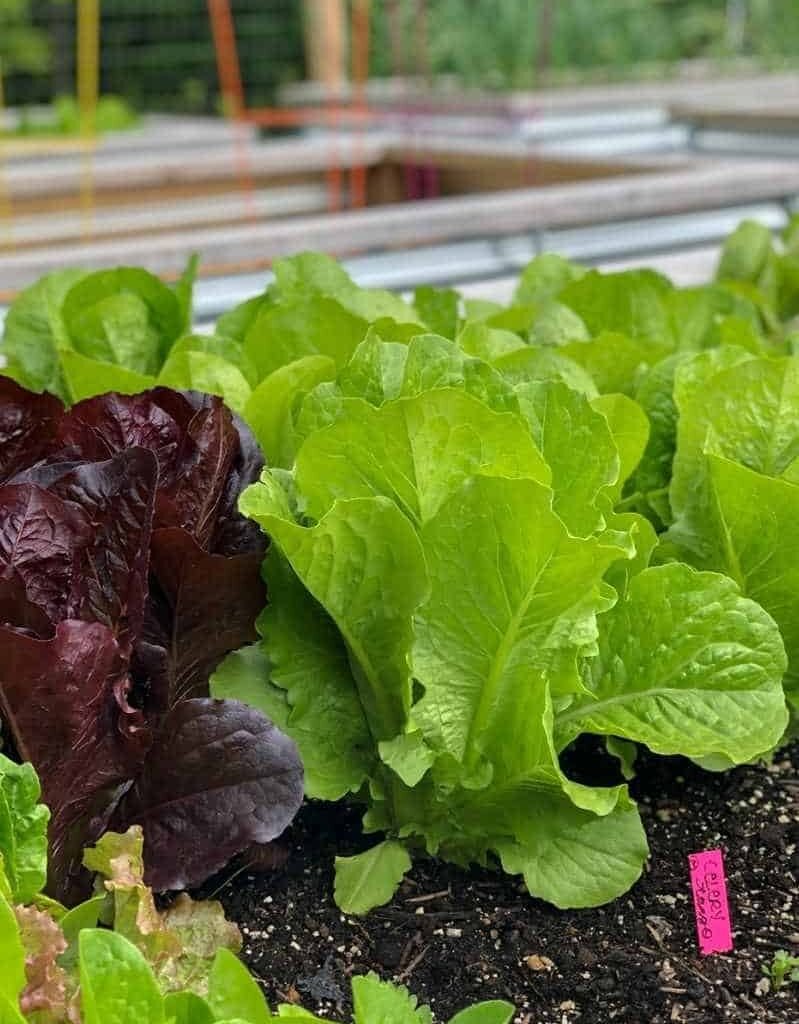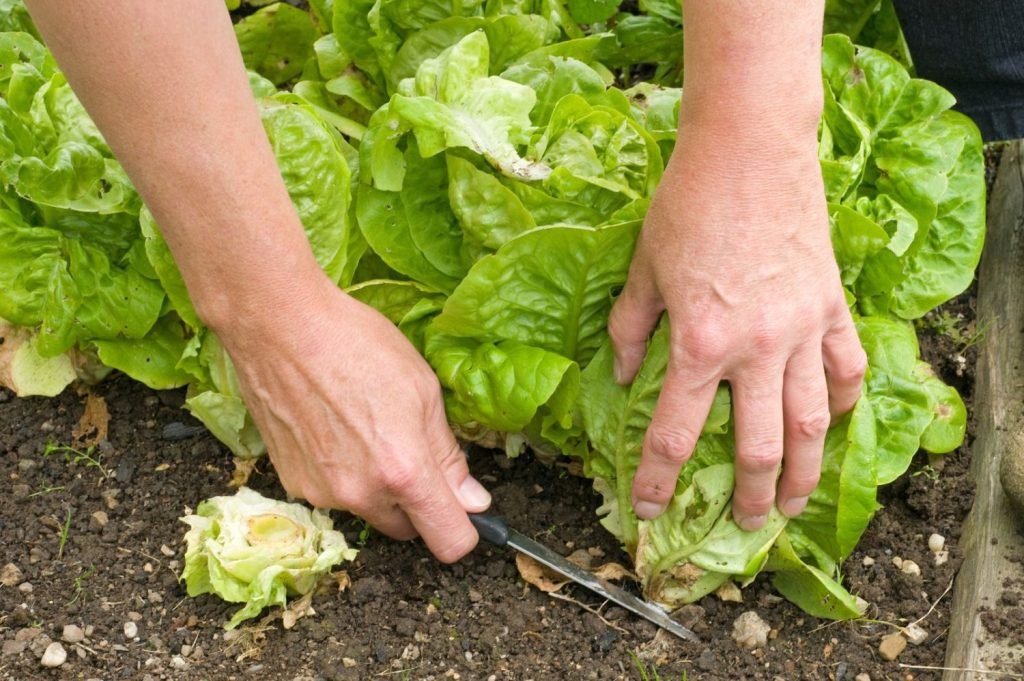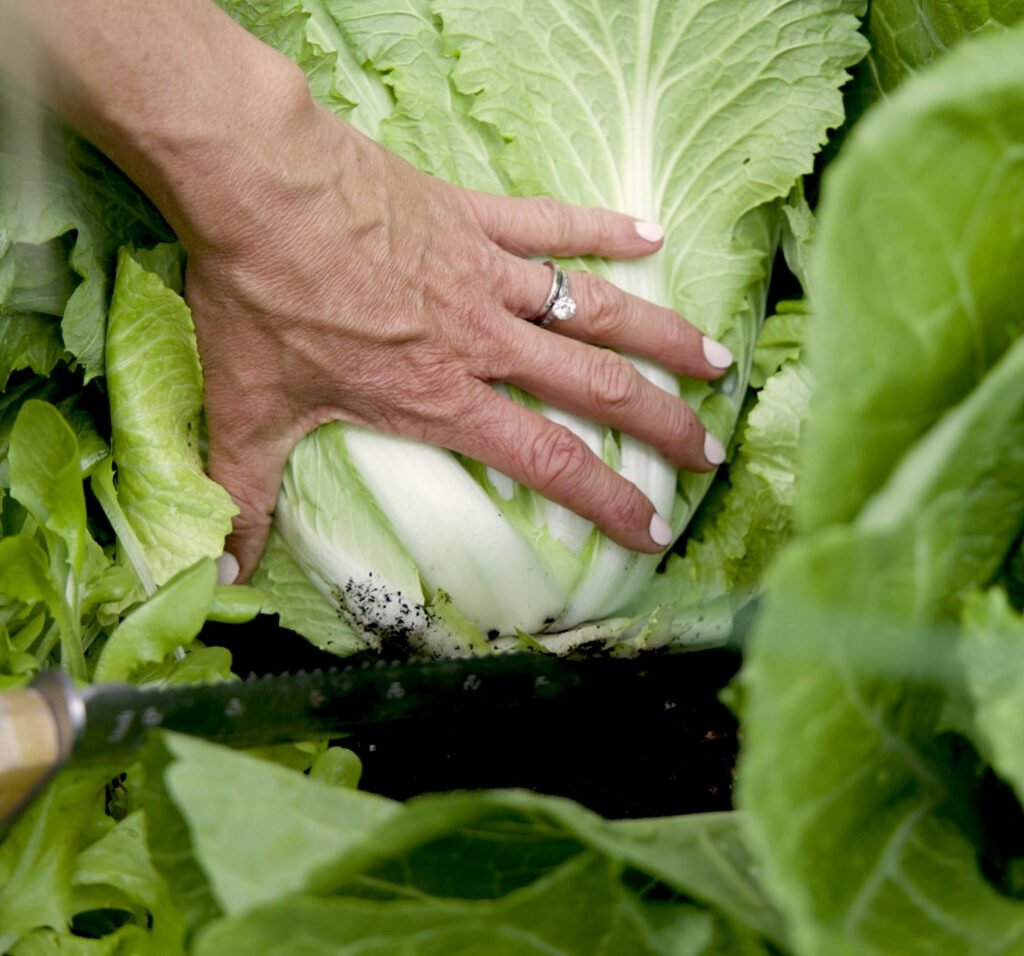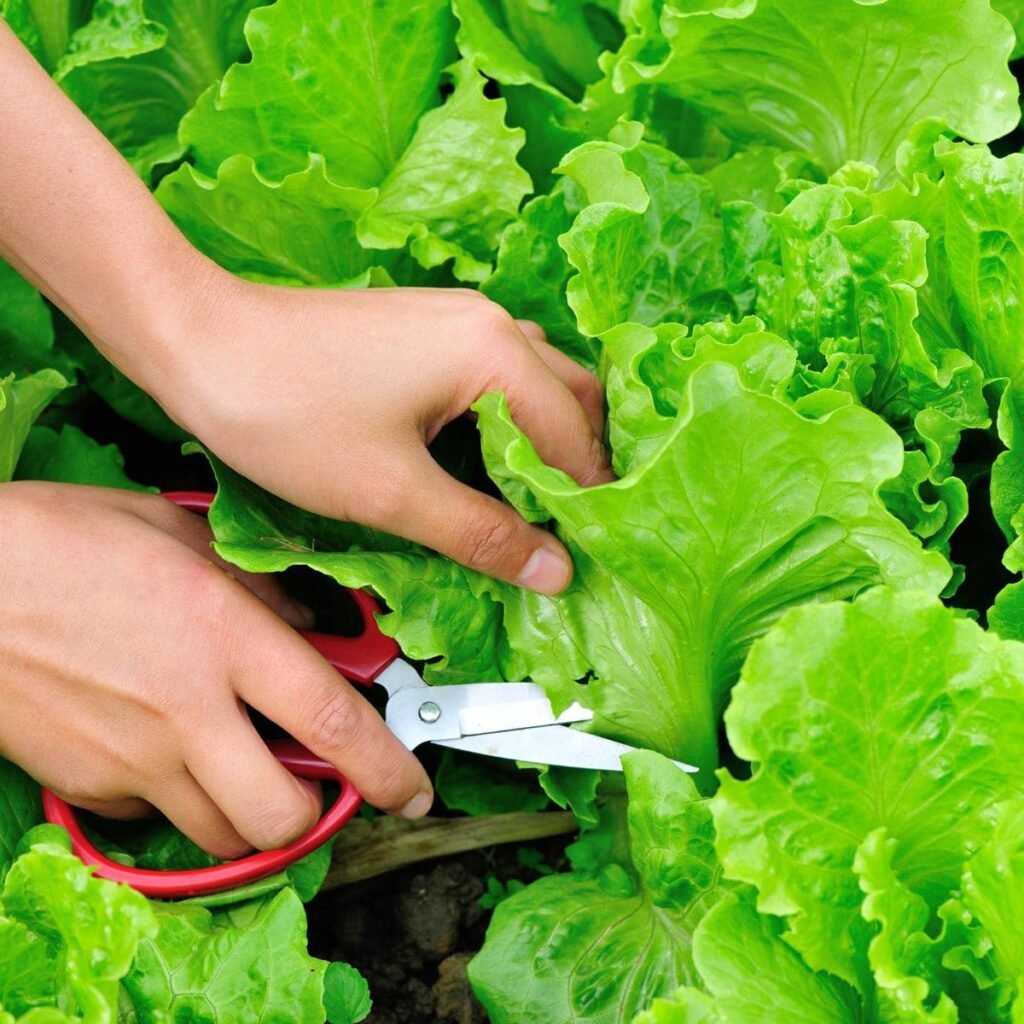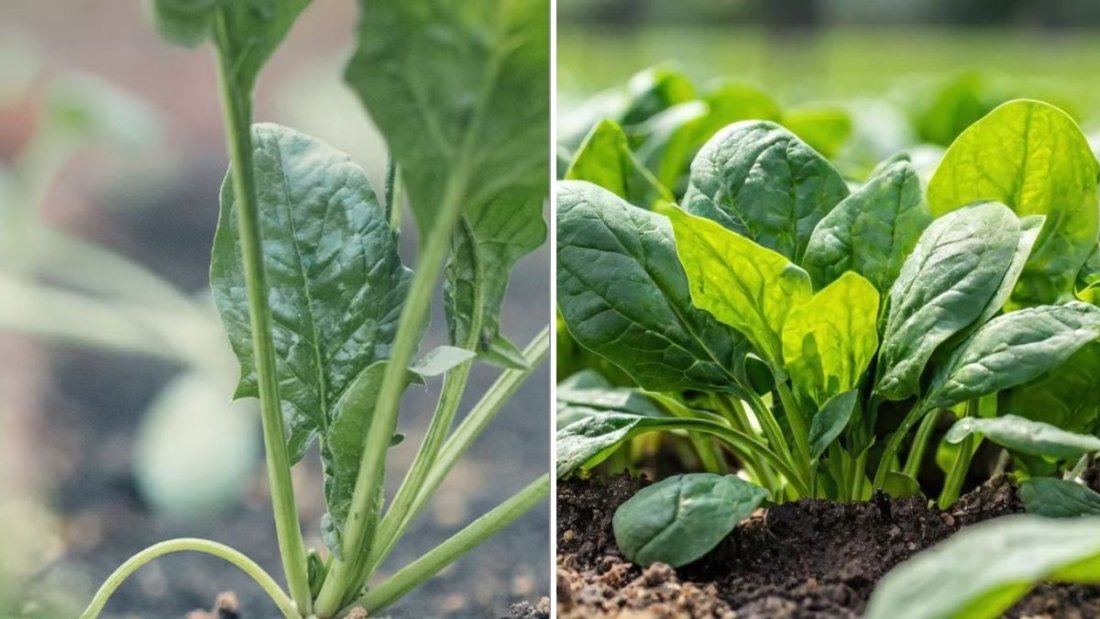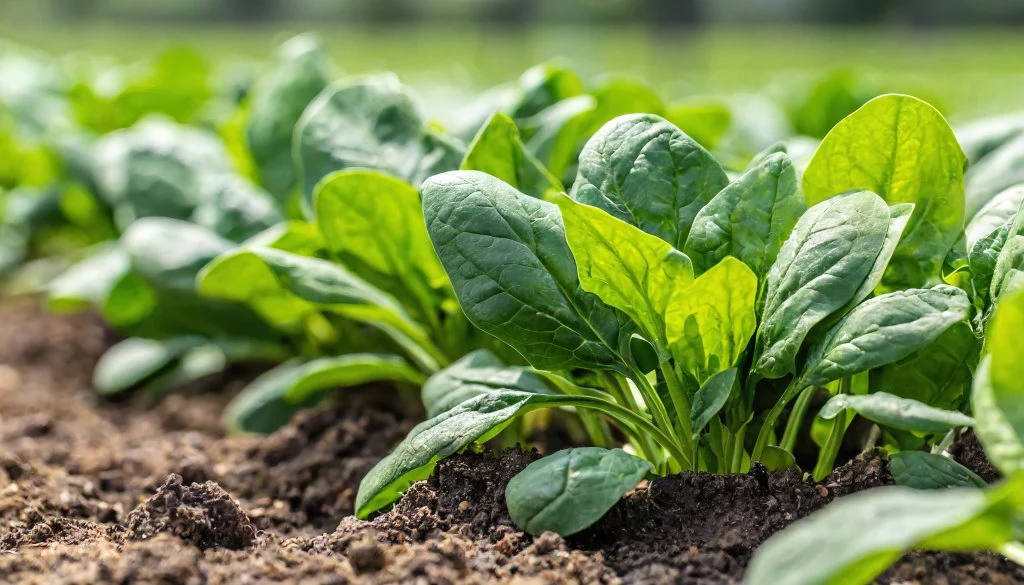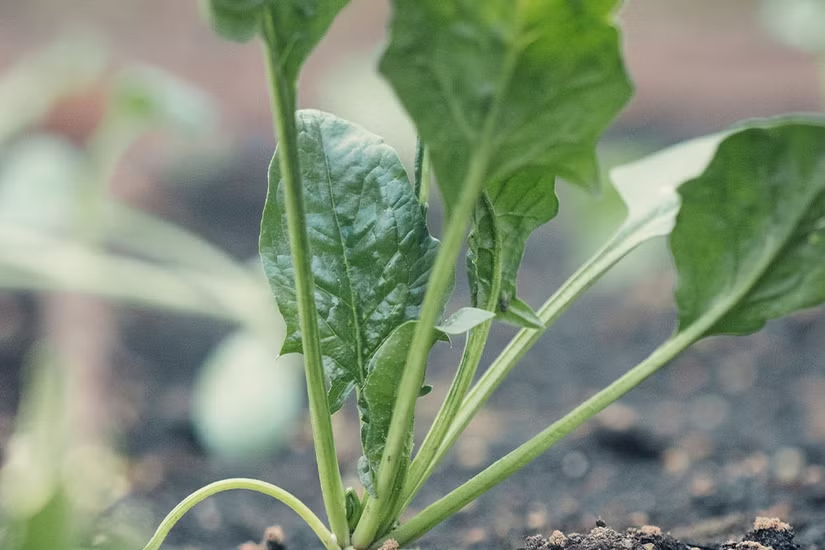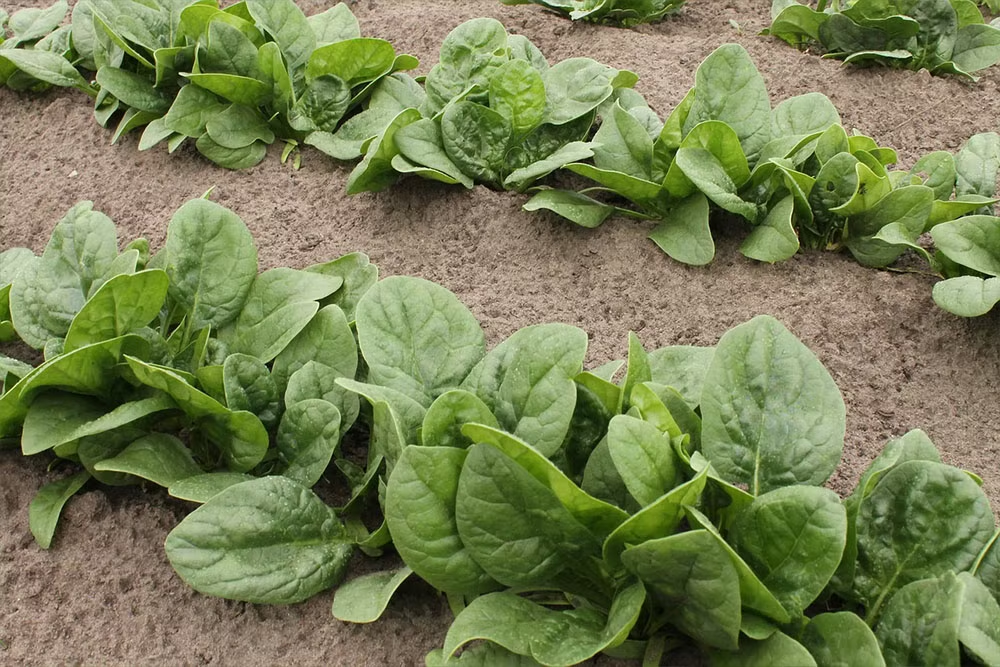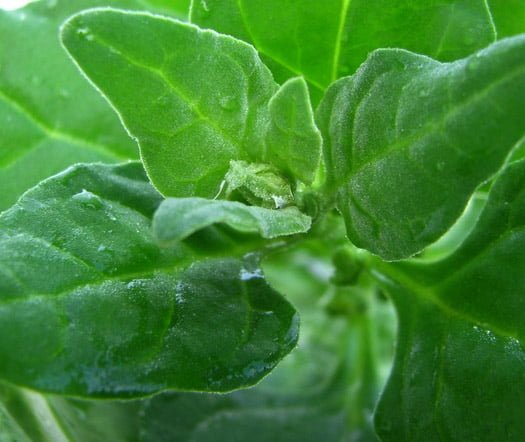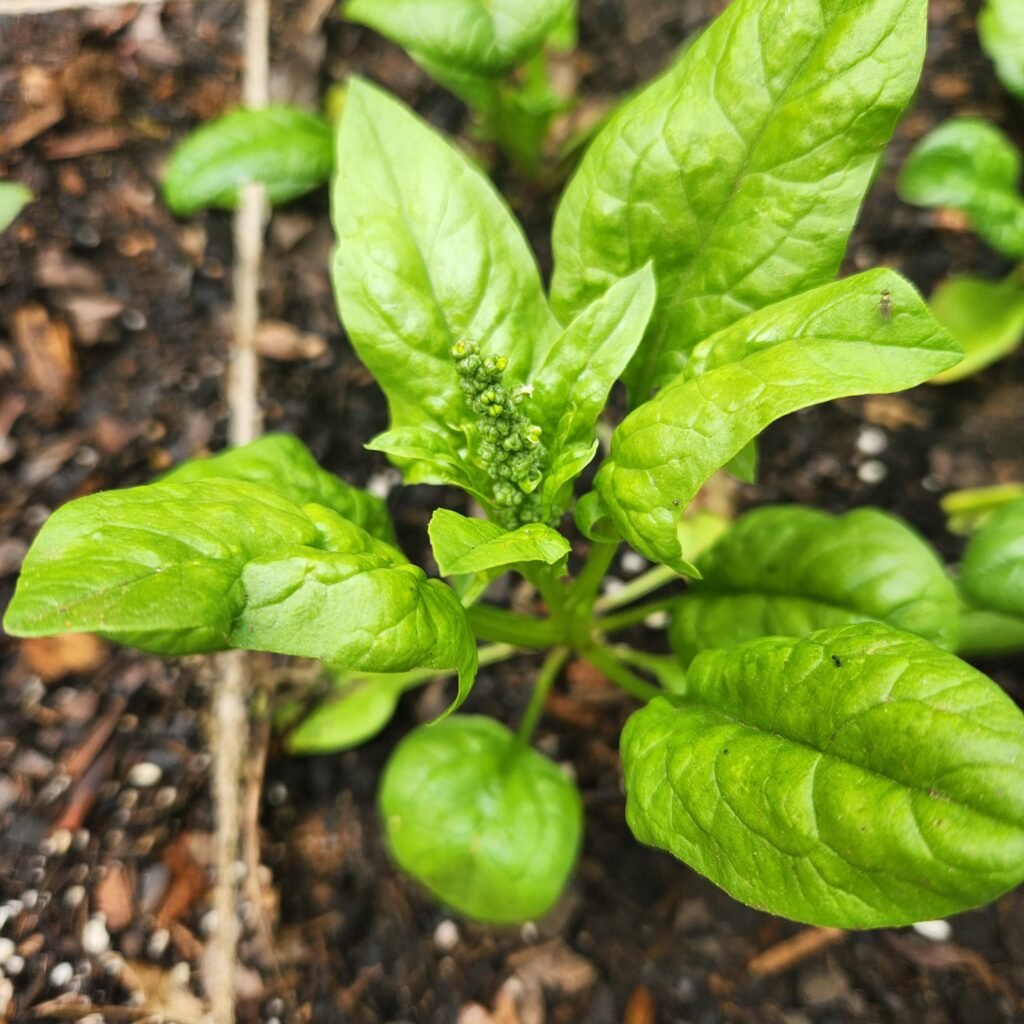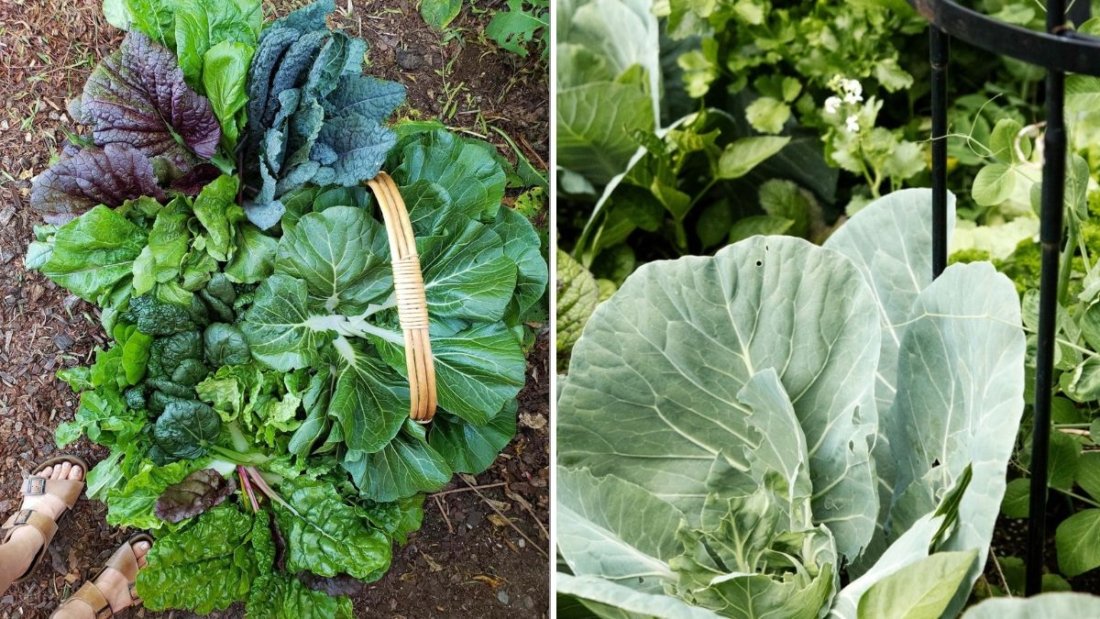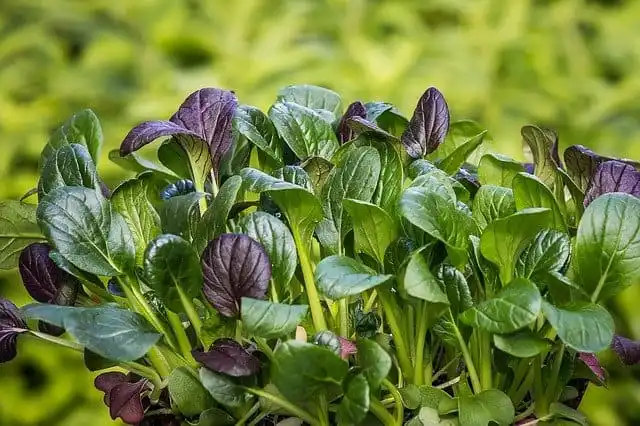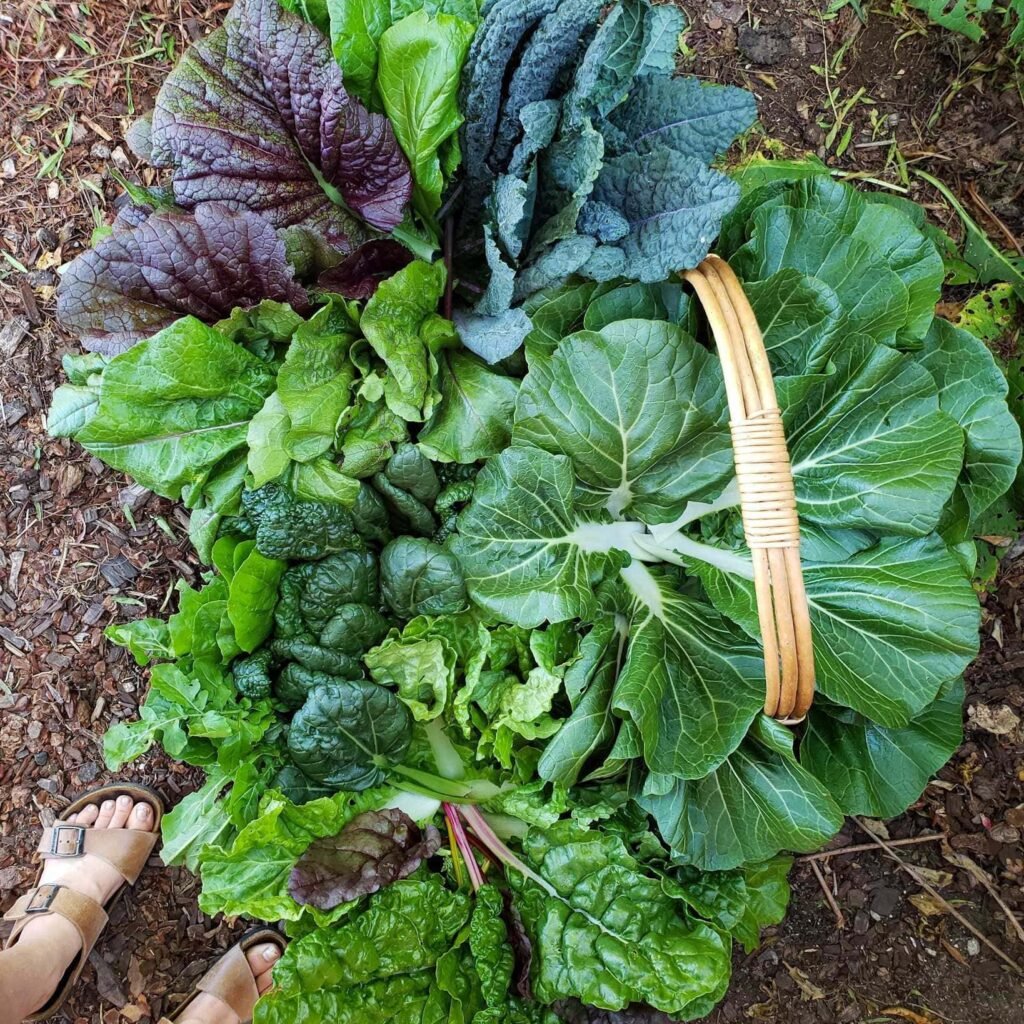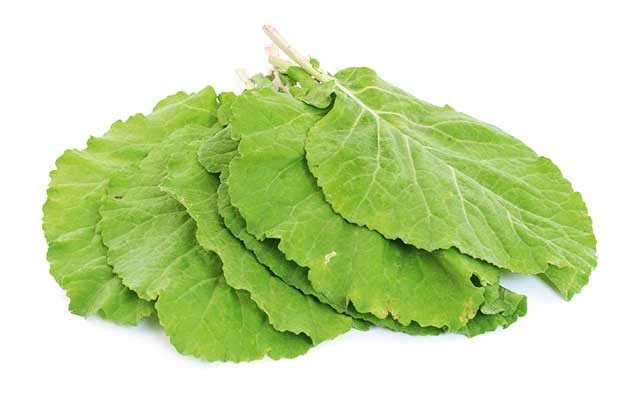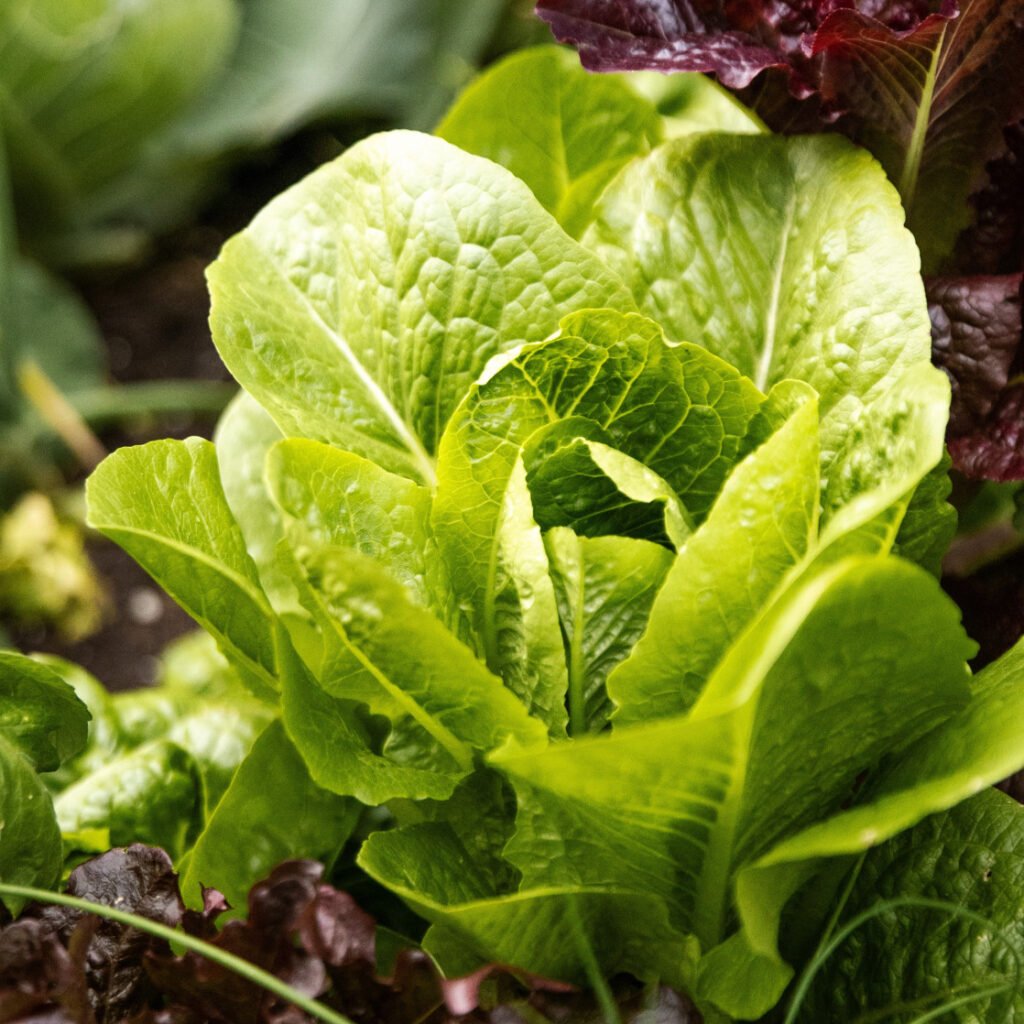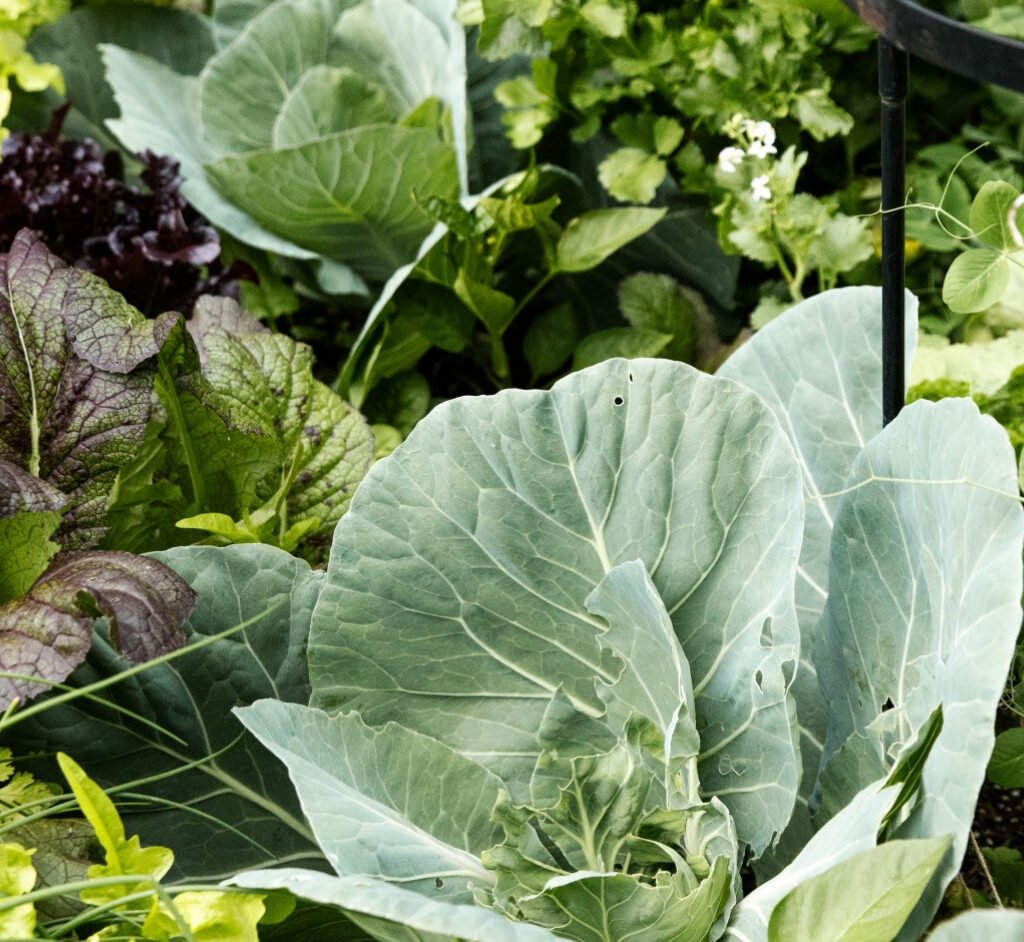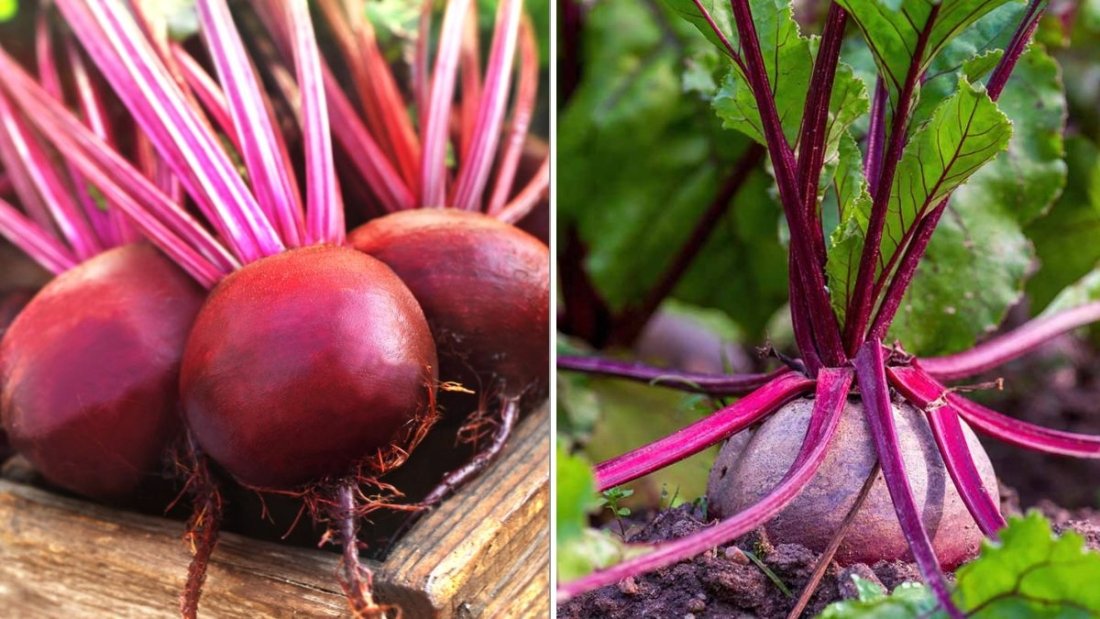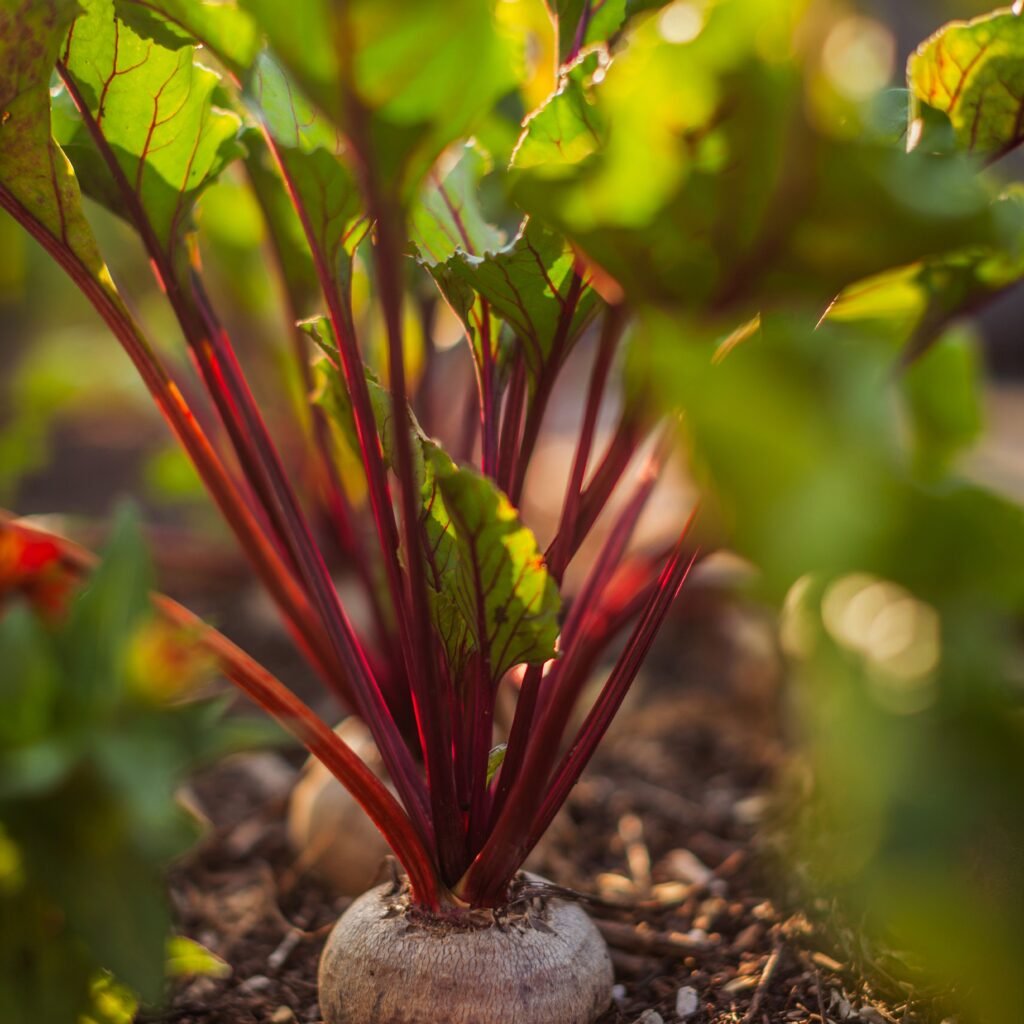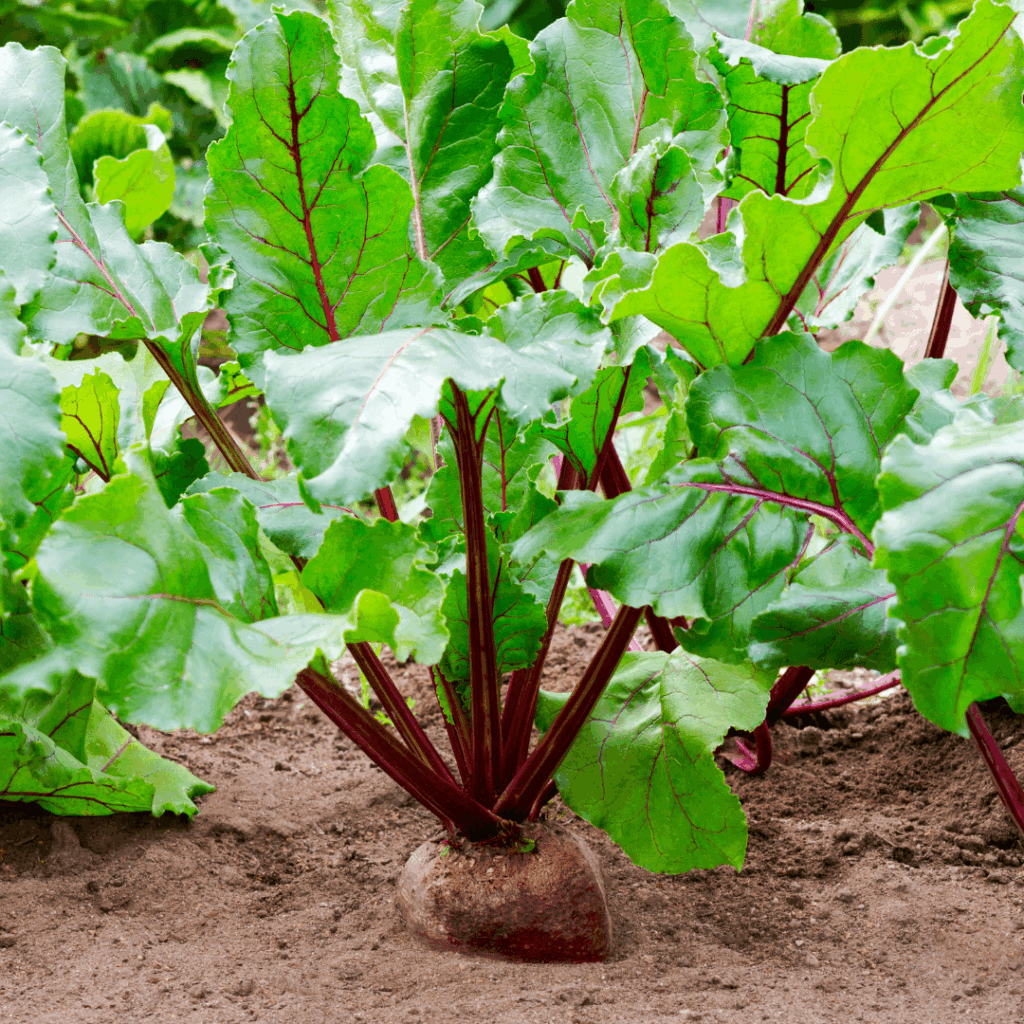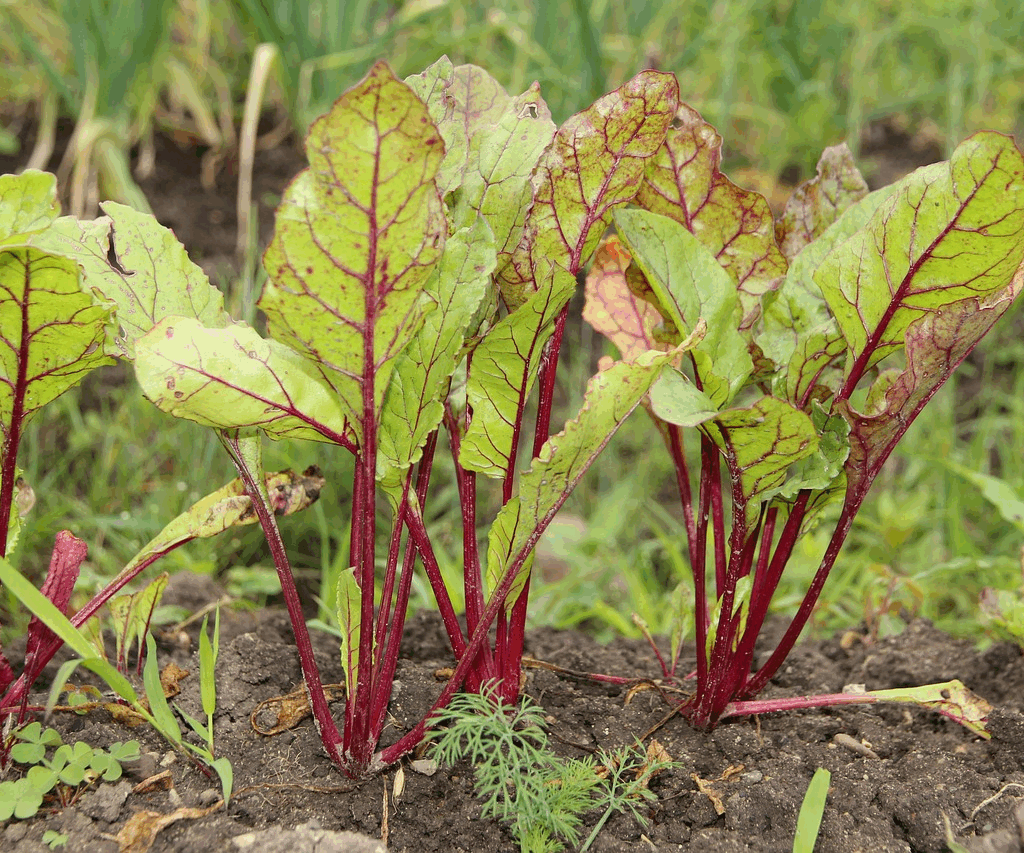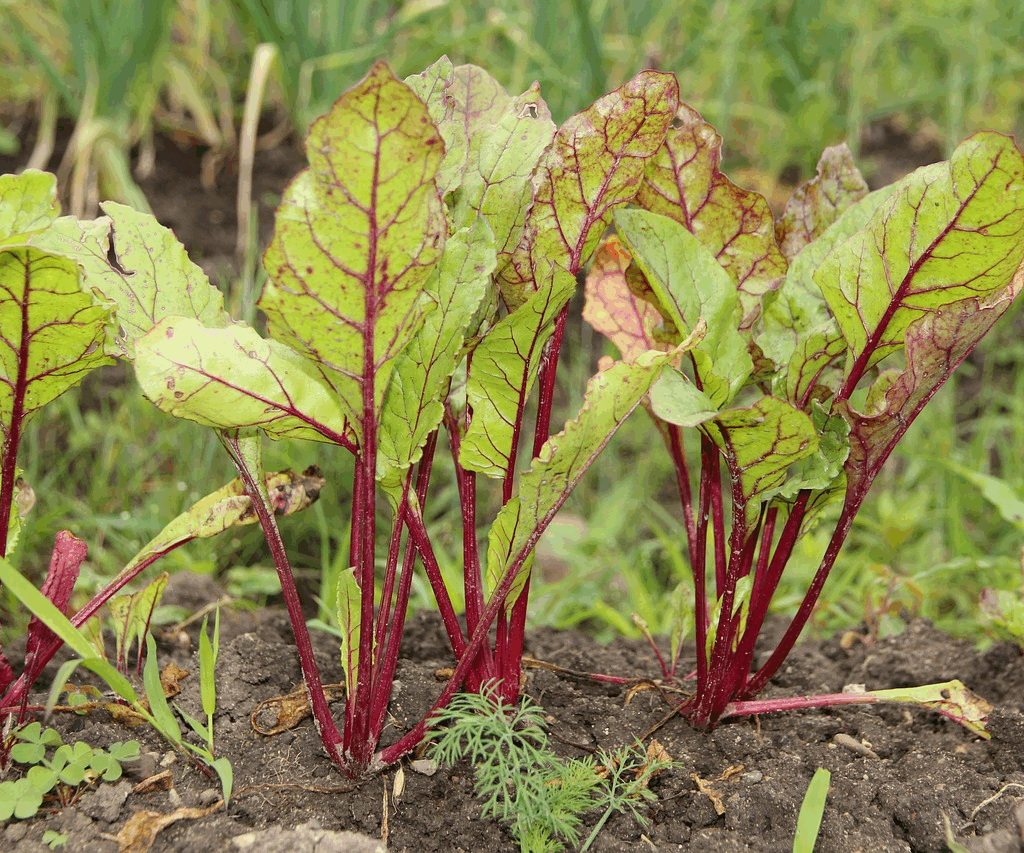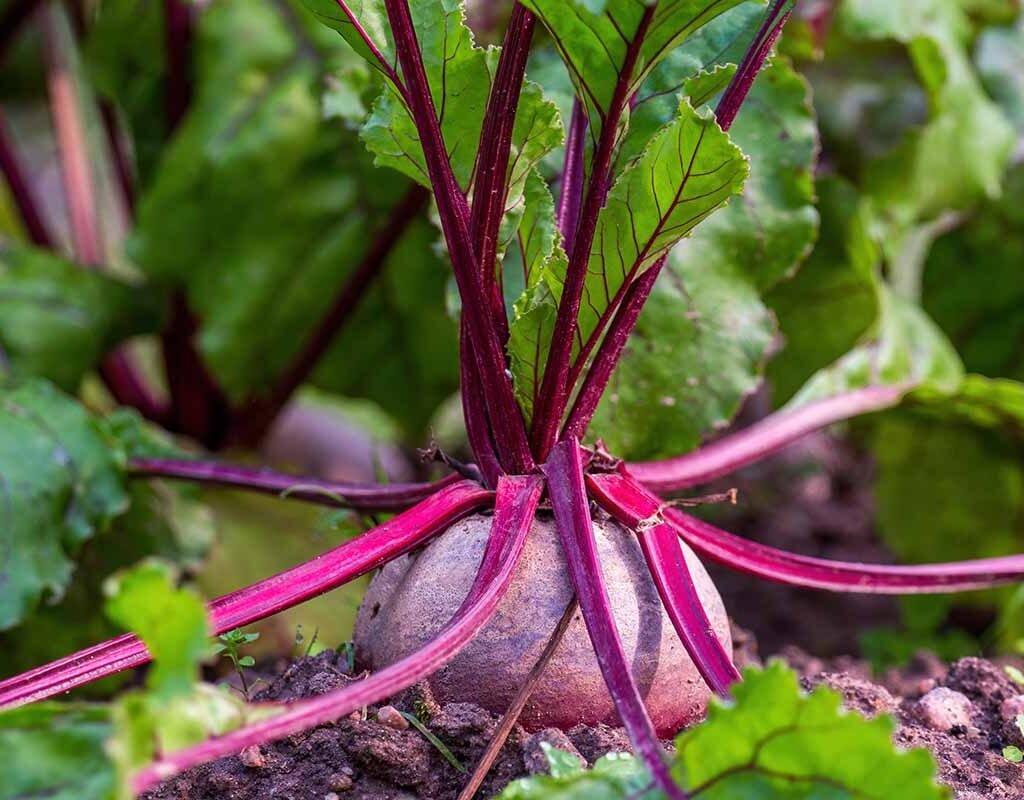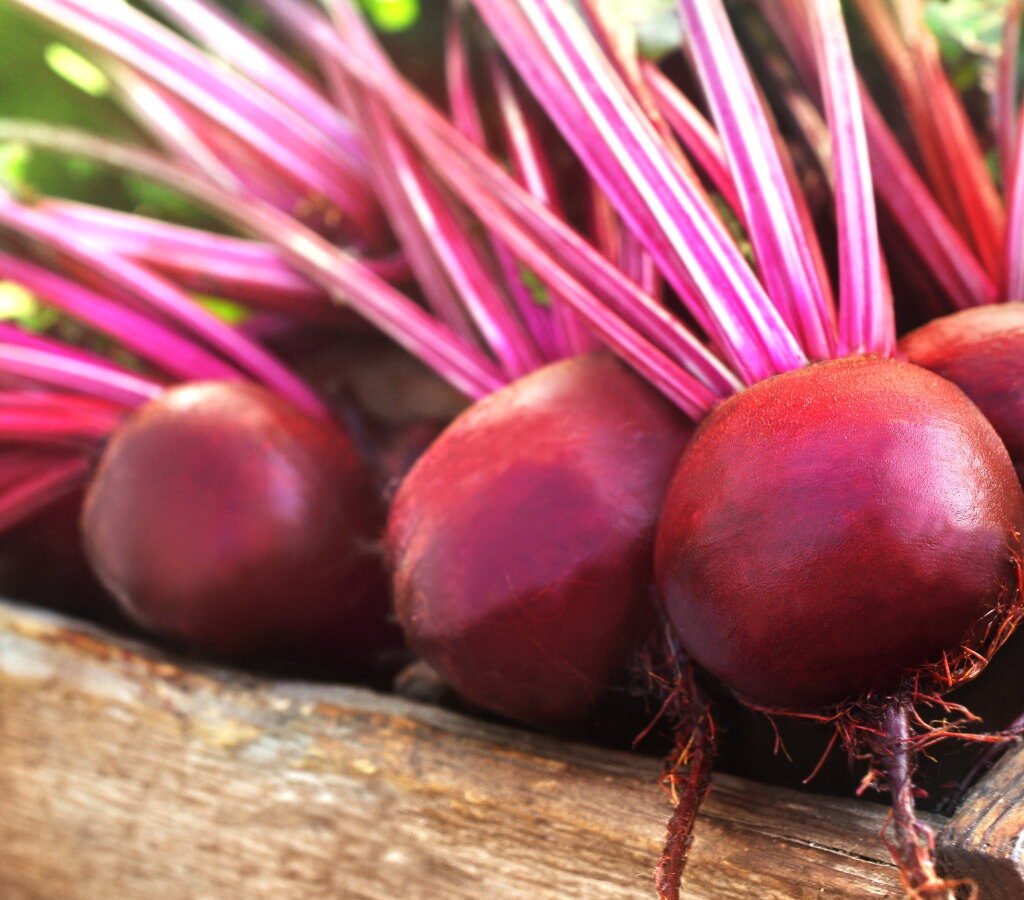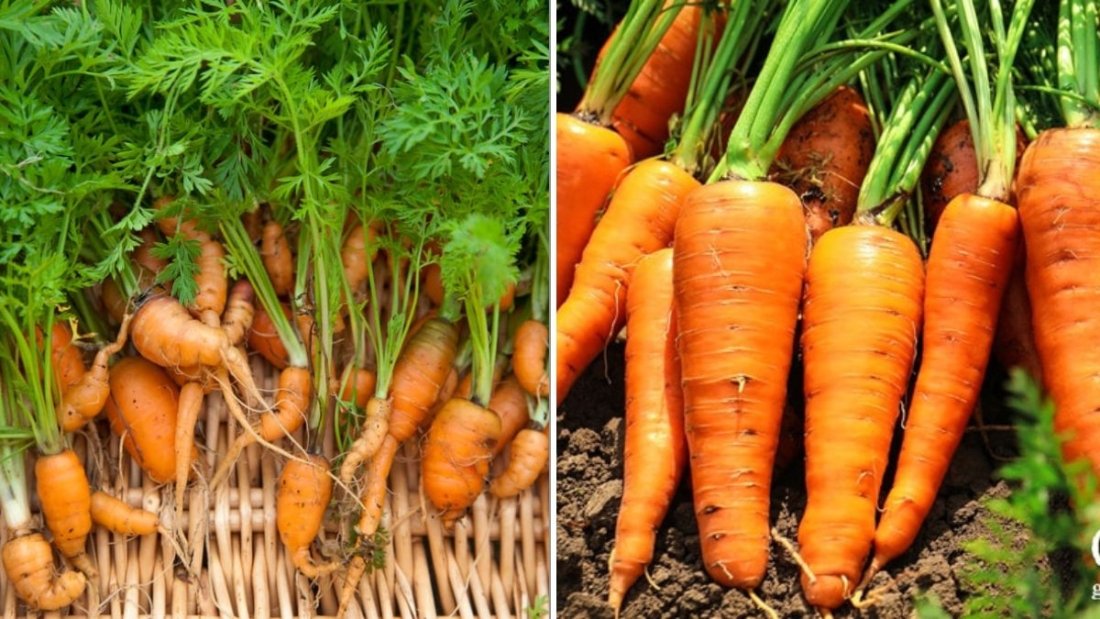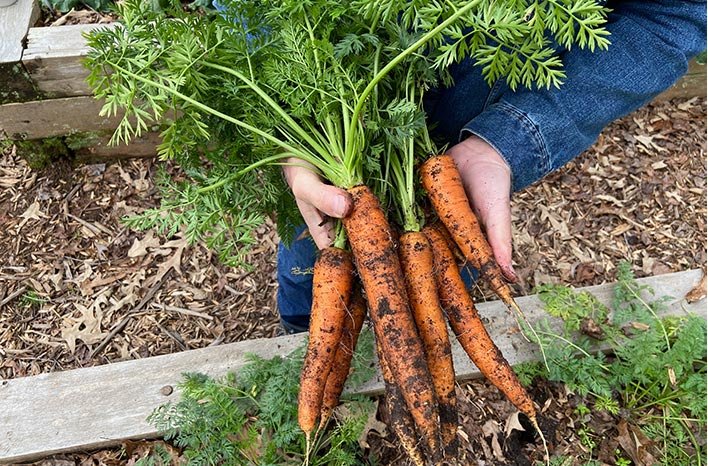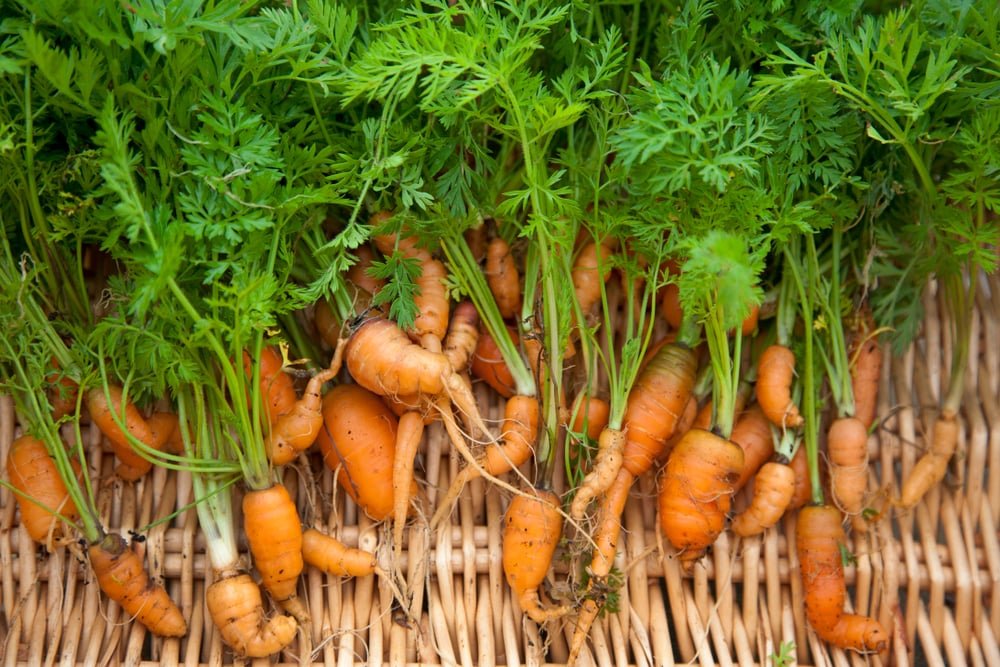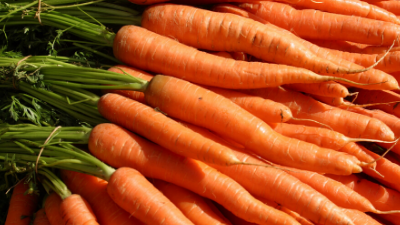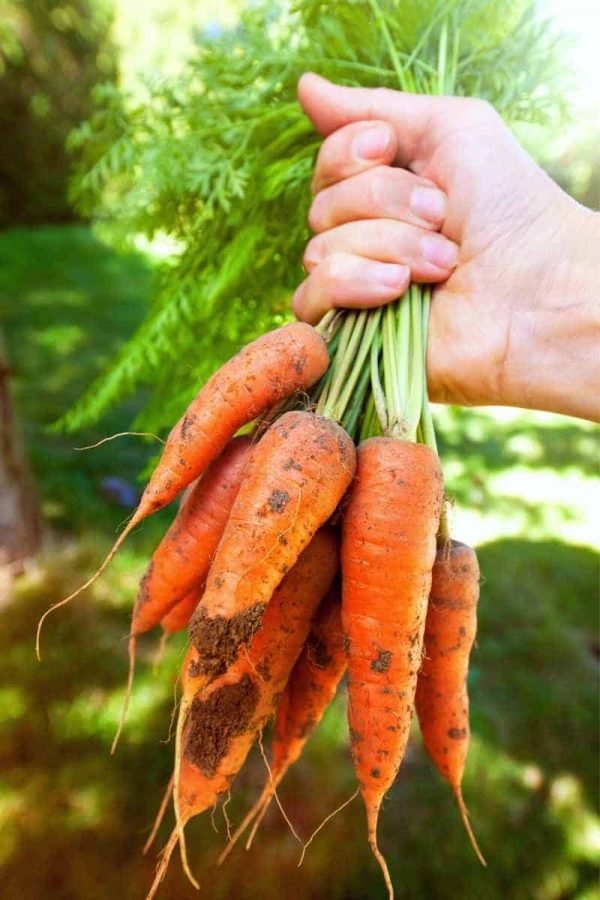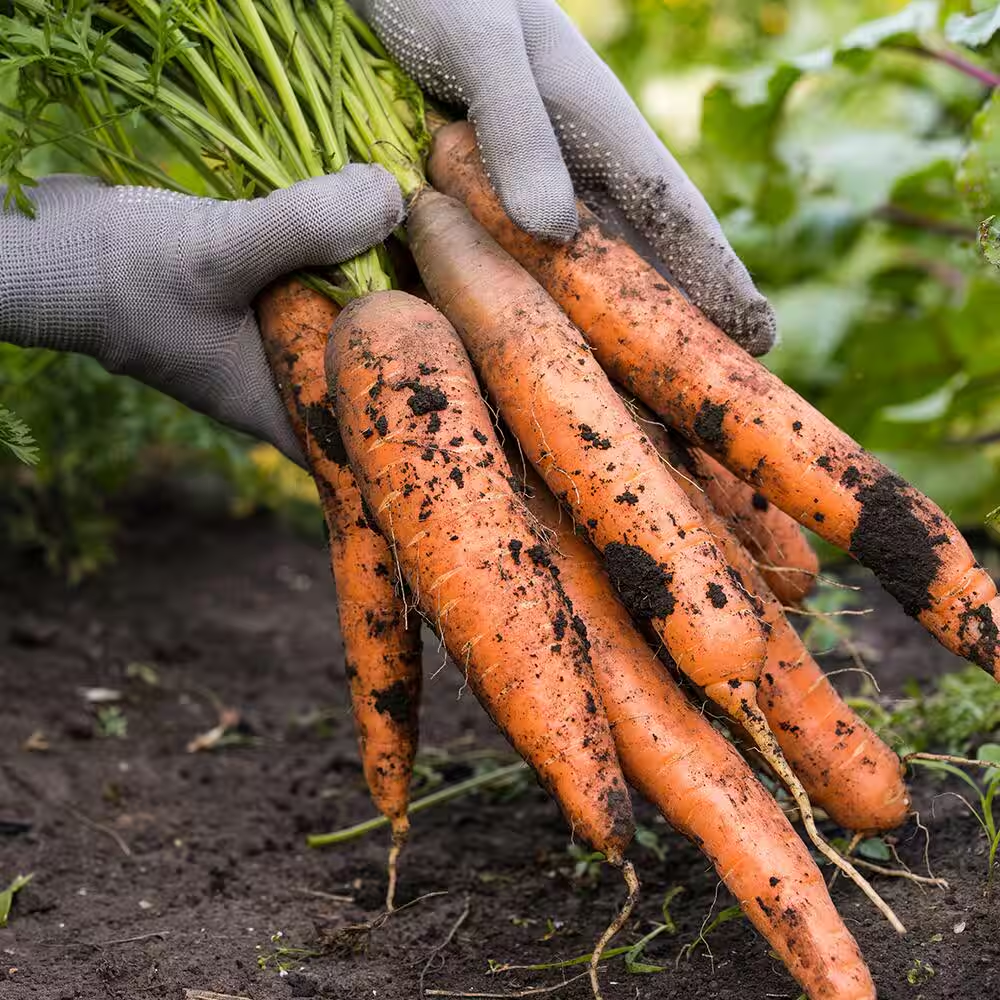There’s nothing quite like slicing into a homegrown melon on a hot summer day — the sweet aroma, juicy flesh, and sun-ripened flavor are unmatched. But while growing melons such as cantaloupe, honeydew, or watermelon can be incredibly rewarding, they’re also magnets for pests, diseases, and rot. From beetles munching on leaves to fungi spoiling fruit on the vine, a melon patch can quickly turn from lush to lifeless if you don’t take the right precautions.
The good news? With a few smart gardening practices, you can protect your melons naturally and enjoy healthy, abundant harvests all season long. Here’s a detailed guide on how to keep melons safe from pests and rot — the right way.
Understanding Melon Vulnerabilities
Melons are heat-loving, moisture-sensitive plants that grow close to the ground — the perfect combination for pest invasions and rot issues. Their large leaves create humid microclimates, their sweet scent attracts insects, and their sprawling vines often trap moisture underneath the fruit.
To protect them, it’s crucial to understand the main threats:
Common Pests That Attack Melons
- Aphids – Tiny insects that suck sap, leaving behind sticky honeydew that attracts mold.
- Cucumber beetles – Chew on leaves and flowers and transmit bacterial wilt.
- Squash bugs – Pierce stems and suck juices, causing wilting and stunted growth.
- Spider mites – Thrive in hot, dry weather and create webbing on undersides of leaves.
- Cutworms and armyworms – Feed on seedlings and young leaves.
- Melon fruit fly or vine borer (region-specific) – Bore into fruit or stems, causing rot.
Major Causes of Rot
- Soil contact and poor drainage – Fruit sitting on damp soil absorbs moisture and begins to rot.
- Fungal diseases – Such as anthracnose, fusarium wilt, and powdery mildew.
- Overwatering – Keeps soil too wet, creating a perfect environment for decay.
- Lack of air circulation – Traps humidity around leaves and fruit.
Now that you know what you’re up against, let’s look at practical ways to keep melons protected and thriving.
Step 1: Start With Healthy Soil
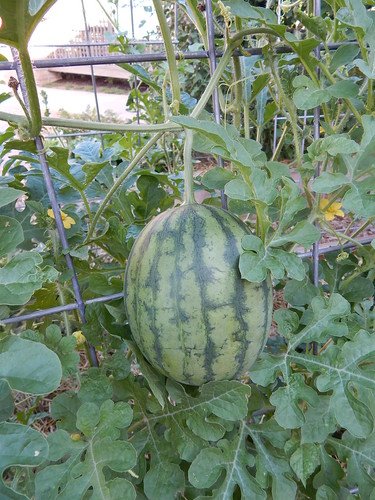
Healthy melons begin with healthy soil. Well-draining, nutrient-rich soil not only promotes strong plant growth but also discourages root rot and disease.
Here’s how to prepare it right:
- Choose sandy loam or loamy soil — it drains well but holds enough moisture.
- Add organic compost or aged manure to improve fertility and soil structure.
- Check pH levels: Aim for slightly acidic to neutral (pH 6.0–6.8).
- Avoid overwatering — melons dislike soggy roots.
If your garden tends to hold water, plant melons on raised mounds or ridges. These keep roots above excess moisture and improve air circulation around the vines.
Step 2: Practice Crop Rotation
Many melon diseases, like fusarium wilt and anthracnose, persist in soil year after year. Planting melons in the same spot every season increases the risk of infection.
Rotate crops by avoiding planting melons or other cucurbits (like cucumbers, squash, and pumpkins) in the same bed for at least 3 years. Instead, plant corn, legumes, or leafy greens in those areas to break the pest and disease cycle.
Step 3: Space and Support for Airflow
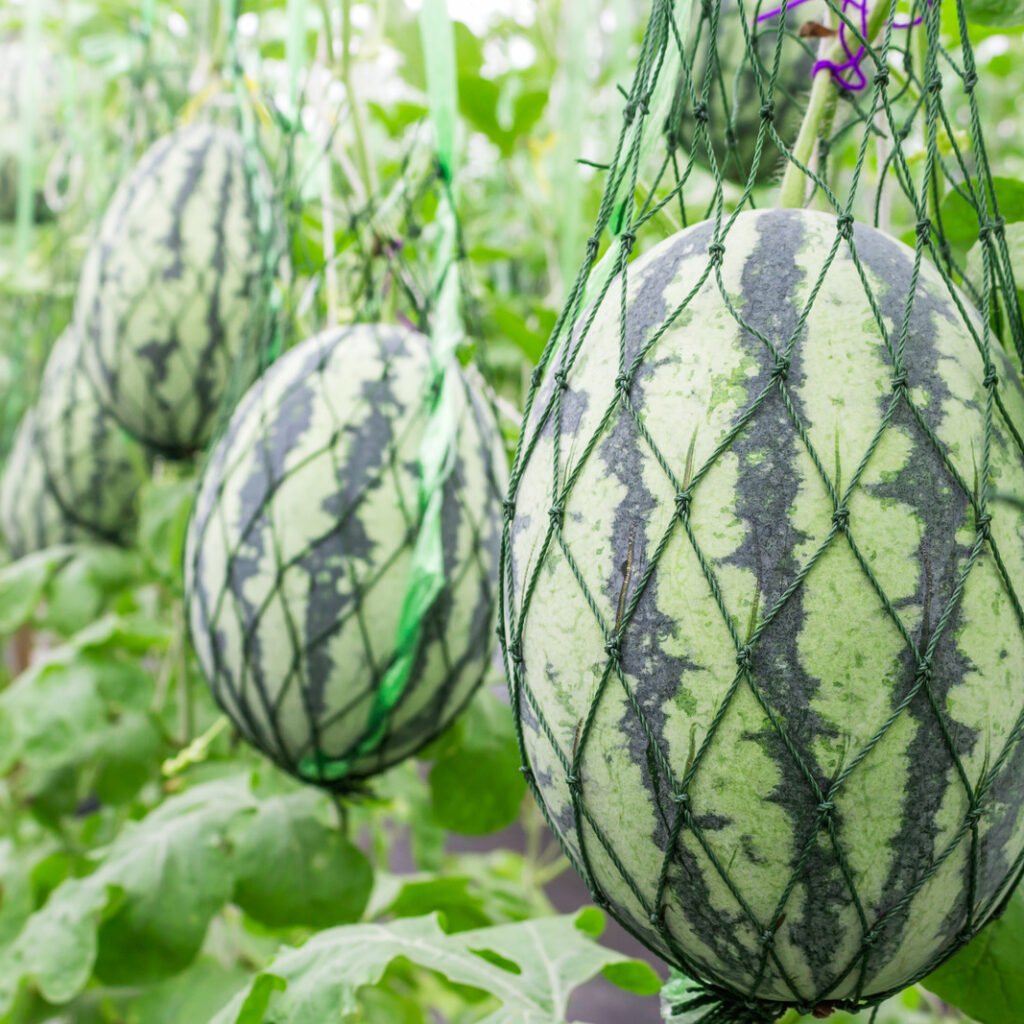
Melon vines love to sprawl, but overcrowding them encourages rot. Dense foliage traps moisture, creating the perfect environment for fungal growth.
Spacing Tips:
- Leave 3–4 feet between plants and 5–6 feet between rows.
- If you’re short on space, consider trellising smaller varieties like cantaloupe or honeydew. Use slings or mesh to support the fruit as it grows.
- Train vines to grow in one direction for better airflow and easier inspection.
Good airflow keeps leaves dry, deters pests, and reduces fungal disease risk.
Step 4: Water Wisely
Watering melons the wrong way is one of the biggest causes of rot and disease.
Smart Watering Techniques:
- Water at the base of plants rather than overhead to keep leaves dry.
- Use soaker hoses or drip irrigation for steady, even moisture.
- Water early in the morning so plants dry before evening.
- Once fruits start to ripen, reduce watering to enhance sweetness and prevent splitting.
Avoid splashing soil onto leaves, as it spreads fungal spores. Consistent but moderate watering is key.
Step 5: Mulch and Fruit Protection
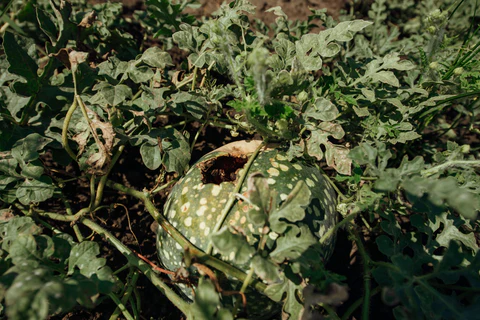
Mulching is one of the simplest and most effective ways to protect melons from rot and pests.
Benefits of Mulching:
- Keeps soil moisture consistent.
- Prevents soil from splashing onto fruits and leaves.
- Acts as a barrier between fruit and damp soil.
- Discourages weeds and some crawling insects.
Best Mulching Options:
- Straw or dry grass clippings.
- Black or silver plastic mulch (helps warm soil and repel insects).
- Landscape fabric with holes for vines.
Additionally, place melon cradles or fruit protectors under developing melons. You can also use a simple DIY solution: slip a shallow bowl, wooden board, or piece of cardboard beneath each fruit to lift it off the ground.
Step 6: Natural Pest Control Methods
Chemical pesticides often do more harm than good by killing pollinators and beneficial insects. Instead, try eco-friendly pest control techniques to keep your garden balanced.
1. Companion Planting
Plant herbs and flowers that deter melon pests:
- Marigolds: Repel nematodes and beetles.
- Nasturtiums: Attract aphids away from melons.
- Basil, dill, and oregano: Deter flying insects.
- Borage and zinnias: Attract pollinators for better fruit set.
2. Introduce Beneficial Insects
Encourage natural predators like:
- Ladybugs (feed on aphids).
- Lacewings (eat whiteflies and mites).
- Parasitic wasps (target caterpillars and beetles).
3. Neem Oil and Insecticidal Soap
Spray neem oil weekly as a preventive measure against aphids, spider mites, and beetles. It’s safe, organic, and effective when used early before infestations grow.
4. Floating Row Covers
Protect young melon seedlings from beetles and squash bugs by covering them with row covers. Remove them once flowers appear to allow pollination.
Step 7: Disease Prevention and Management
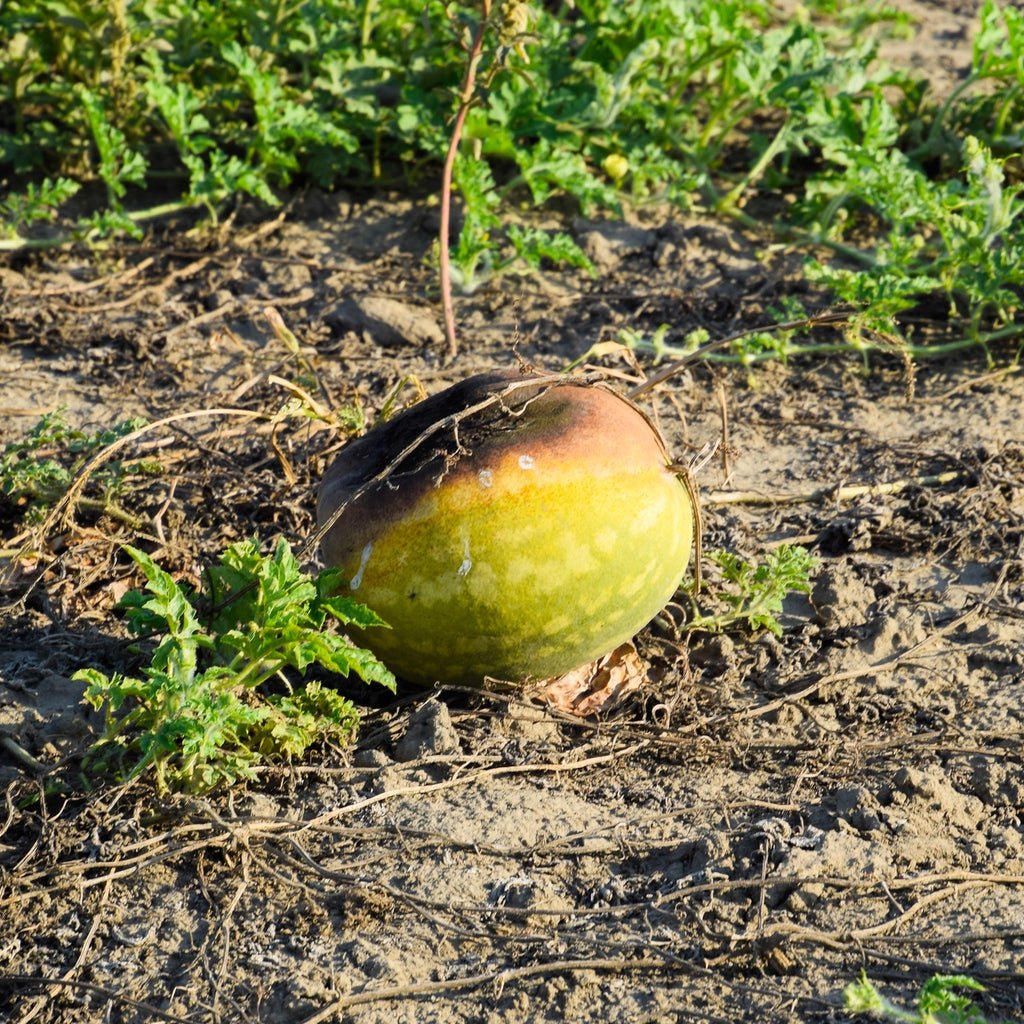
Even the healthiest gardens face disease challenges, especially in humid conditions. Prevention is always easier than cure.
Common Melon Diseases and Solutions:
- Powdery Mildew:
- White, powdery coating on leaves.
- Fix: Improve airflow, avoid overhead watering, and apply sulfur or neem oil.
- Downy Mildew:
- Yellow spots on upper leaf surfaces, gray fuzz underneath.
- Fix: Remove infected leaves, use resistant varieties, and rotate crops.
- Anthracnose:
- Brown or black lesions on leaves and fruit.
- Fix: Apply copper fungicide and destroy infected plant material.
- Fusarium Wilt:
- Wilting leaves despite moist soil.
- Fix: Rotate crops; once infected, remove and destroy the plant — no cure exists.
Pro Tip: Always disinfect pruning shears and tools between uses to prevent spreading diseases.
Step 8: Protect Against Rodents and Larger Pests
As melons ripen, their sweet aroma can attract rats, raccoons, and birds.
Ways to Keep Them Away:
- Use garden netting or bird mesh over the melon patch.
- Place motion-activated sprinklers or lights to scare off nocturnal visitors.
- Surround your garden with wire fencing buried at least 6 inches deep to deter digging animals.
- Harvest ripe melons promptly — the longer they sit on the vine, the more tempting they become.
Step 9: Harvesting and Post-Harvest Care
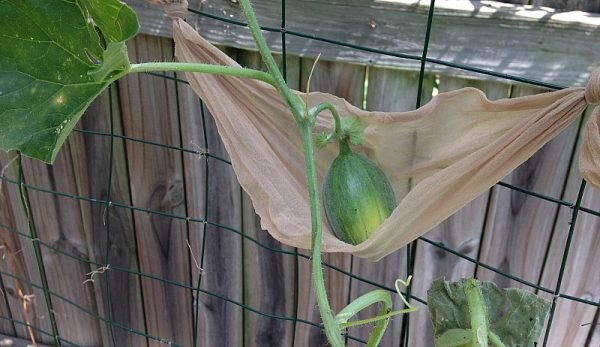
Even after keeping pests and rot at bay, timing your harvest correctly is crucial for perfect flavor.
Signs Your Melons Are Ready:
- The rind changes color (green to beige or golden).
- The fruit emits a sweet, musky aroma near the stem.
- The stem begins to crack or slip easily from the vine.
Handle melons gently during harvest to prevent bruising, which can invite decay. Store them in a cool, dry place — ideally around 45–50°F. Avoid stacking them tightly, as bruised spots can quickly rot.
Final Thoughts
Growing melons is a sweet reward that demands a bit of vigilance, but with proper care, it’s absolutely achievable. The key to keeping your melons safe from pests and rot lies in prevention, balance, and consistency — healthy soil, steady moisture, good airflow, and a diverse, pest-friendly ecosystem.
By combining natural pest management, smart watering, and careful soil practices, you’ll enjoy baskets of juicy, flawless melons straight from your garden — no chemicals, no waste, and no worries.
This season, let your melons thrive naturally, and get ready for the ultimate taste of summer success.
